

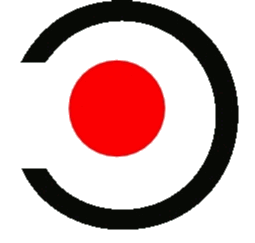

|

|

|
|
Santa Barbara Zoo
|
|
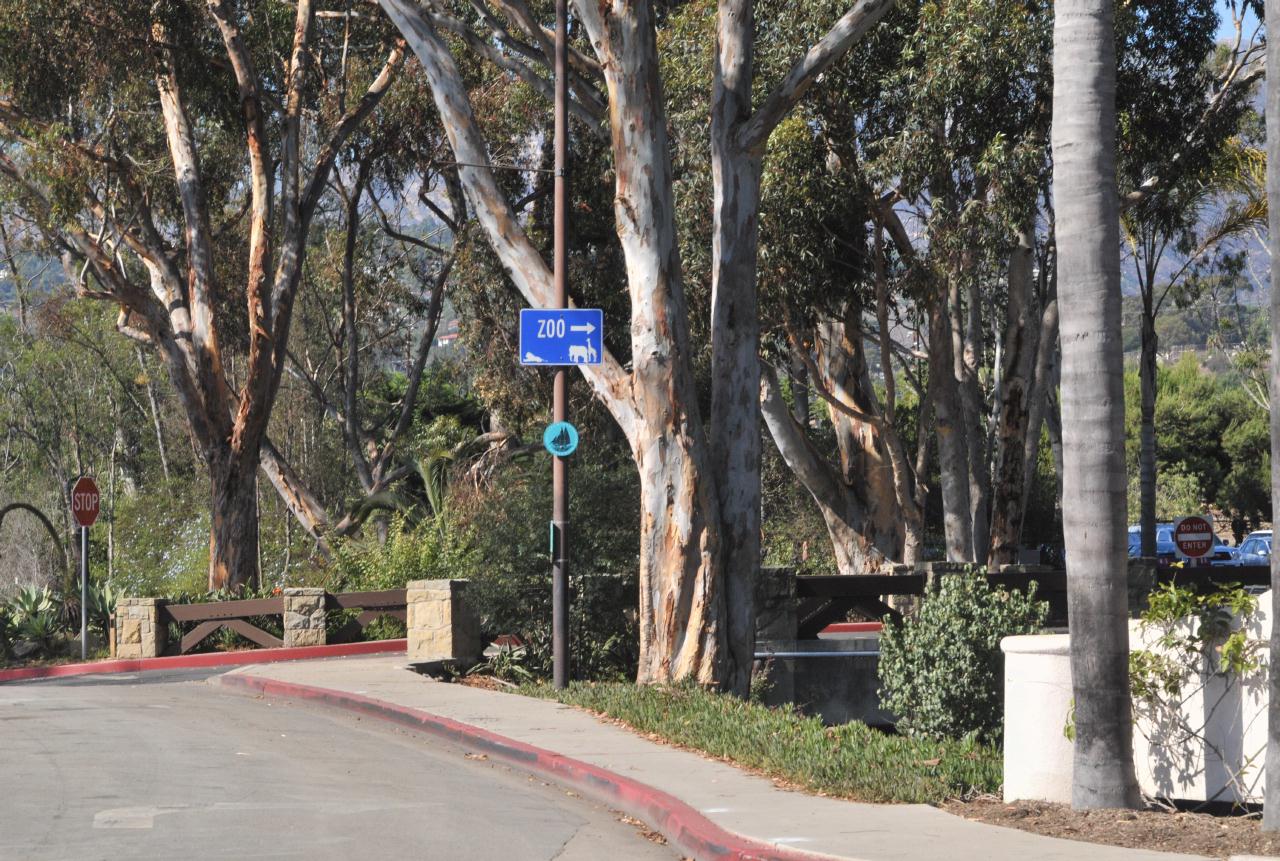
The Zoo entrance was off Niños Drive near the ocean. A large parking lot
allowed for easy access but cost US $5.00 to park. The MTD Downtown Waterfront Shuttle
Santa Barbara Zoo • 500 Niños Drive, Santa Barbara, California • (Photo posted Sunday 28 November 2010) • (Photo taken 14:29:48 Friday 8 October 2010) • © 2010 Bryan Costales 
 #142948_8512BCX #142948_8512BCX
Add a comment or report a mistake
|
|
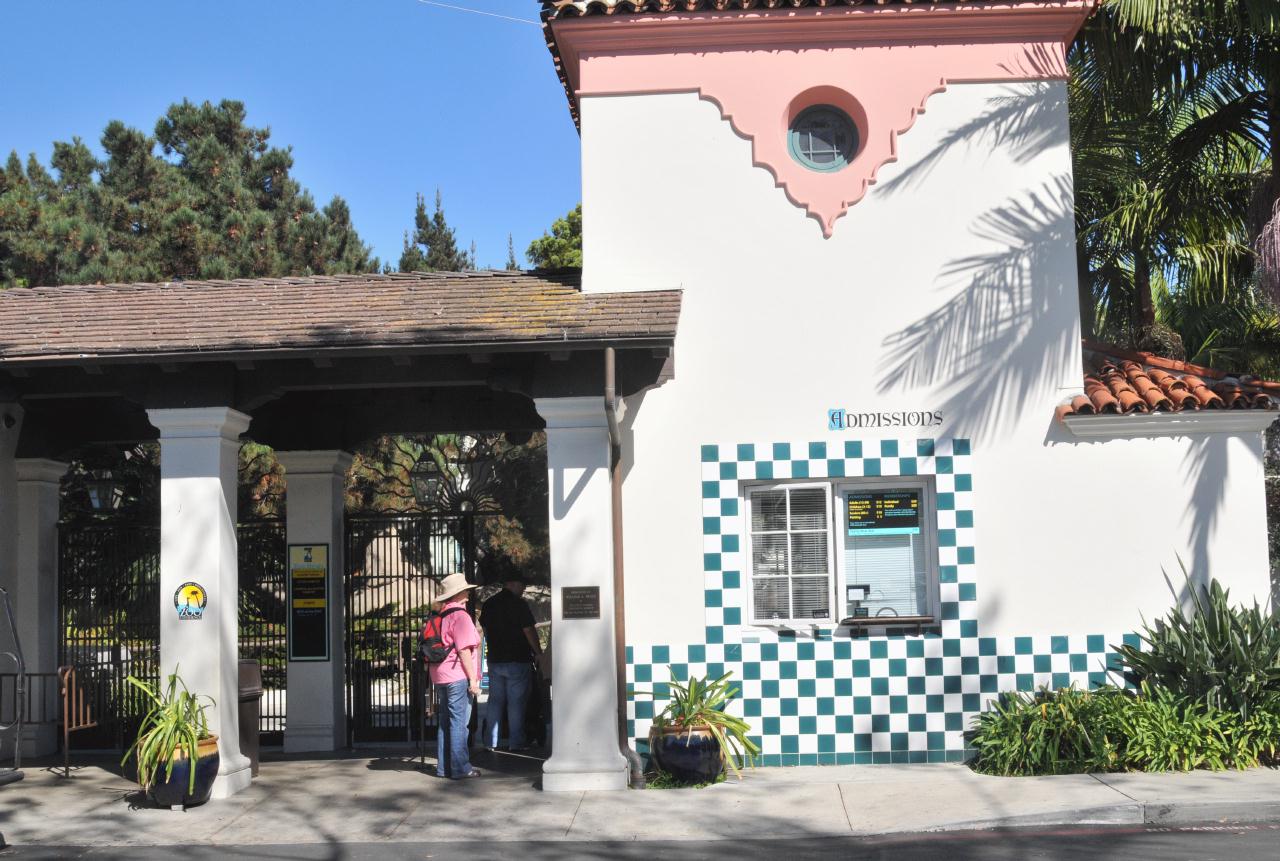 Admissions was shaded and nicely decorated. But note that the sidewalk ran around the outside of the parking lot, creating an extra long walk for pedestrians and those who arrived by bus, but a short walk for those who drove.
Santa Barbara Zoo • 500 Niños Drive, Santa Barbara, California • (Photo posted Sunday 28 November 2010) • (Photo taken 14:36:02 Friday 8 October 2010) • © 2010 Bryan Costales 
 #143602_8519BCX #143602_8519BCX
Add a comment or report a mistake
|
|
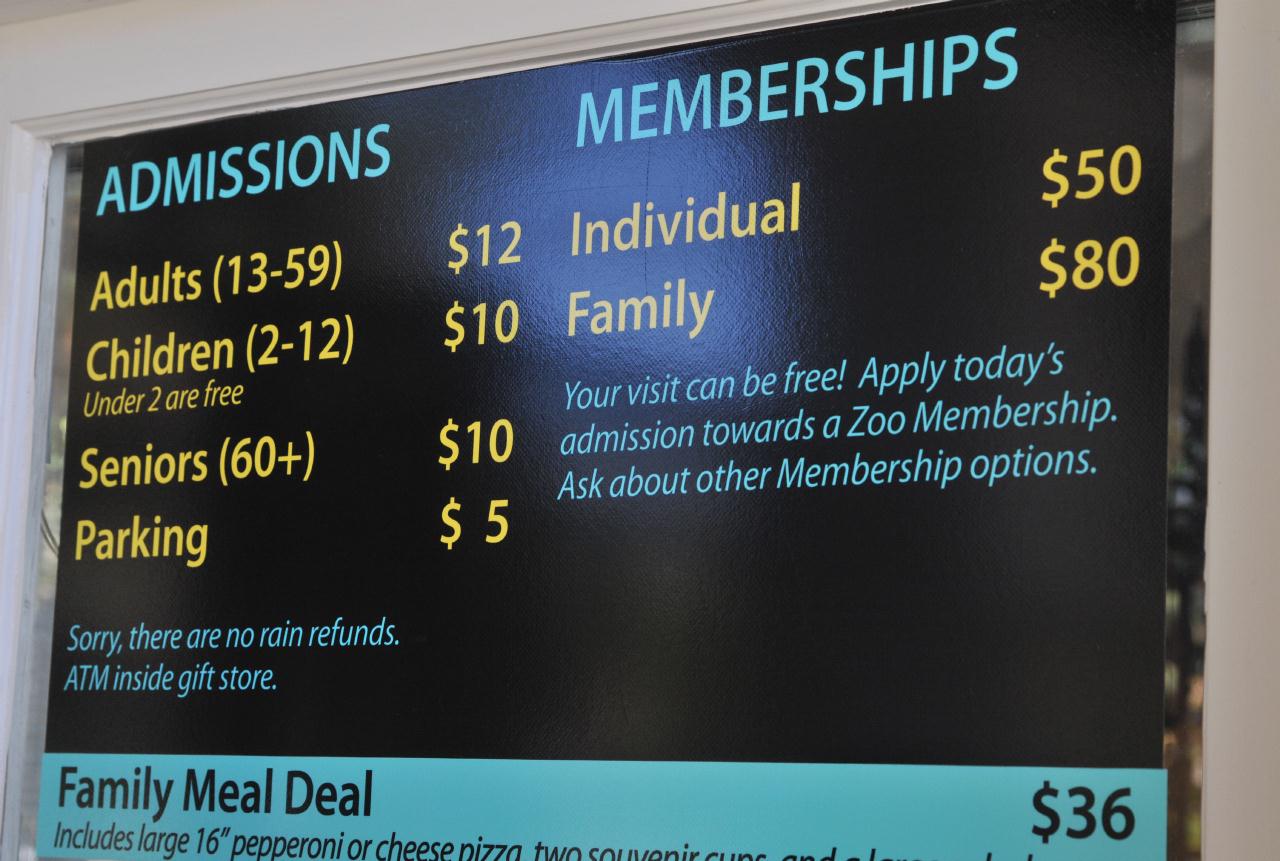 The sign above admissions read:
Santa Barbara Zoo • 500 Niños Drive, Santa Barbara, California • (Photo posted Sunday 28 November 2010) • (Photo taken 14:36:20 Friday 8 October 2010) • © 2010 Bryan Costales 
 #143620_8520BCX #143620_8520BCX
Add a comment or report a mistake
|
||||||||||||||||||||
|
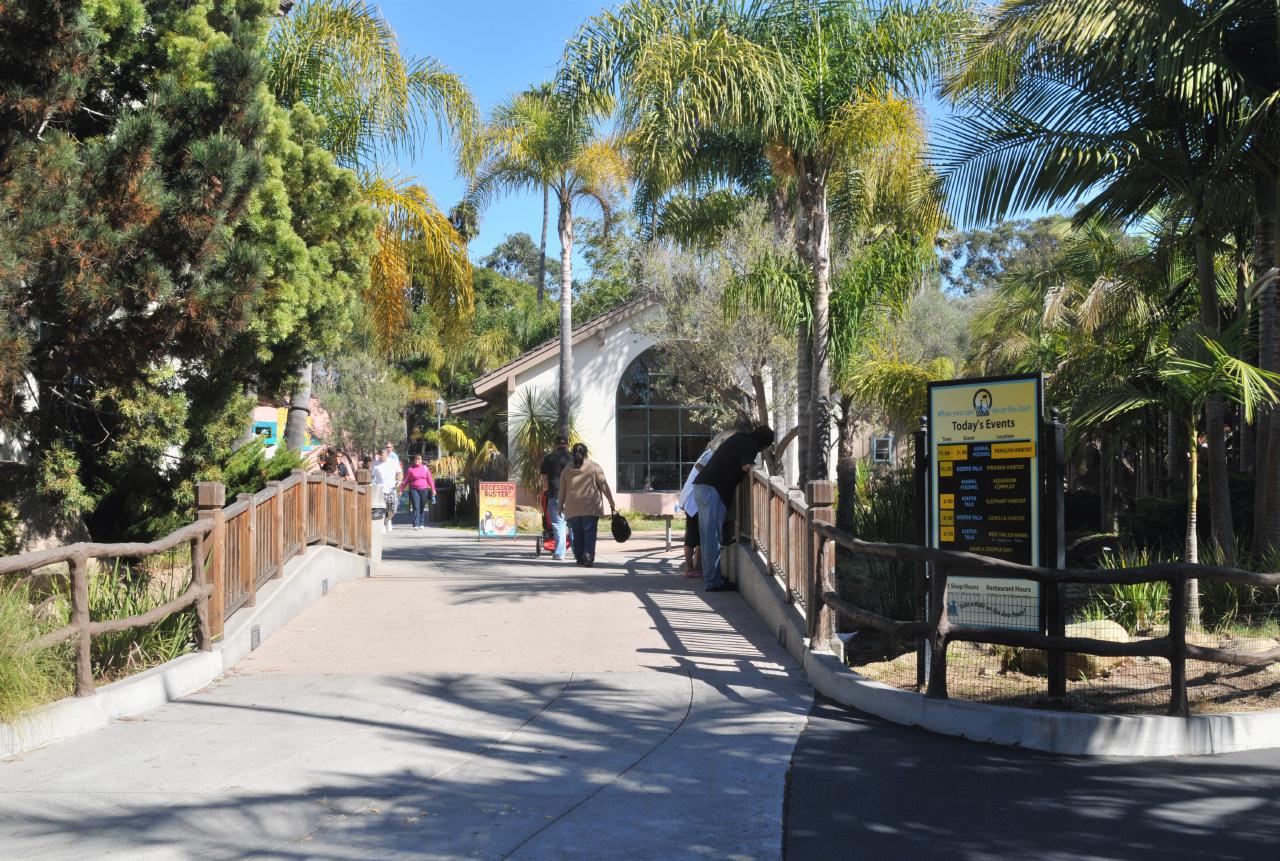 Just inside the entrance was a wide bridge over a stream filled with wildlife.
Santa Barbara Zoo • 500 Niños Drive, Santa Barbara, California • (Photo posted Sunday 28 November 2010) • (Photo taken 14:36:36 Friday 8 October 2010) • © 2010 Bryan Costales 
 #143636_8522BCX #143636_8522BCX
Add a comment or report a mistake
|
|
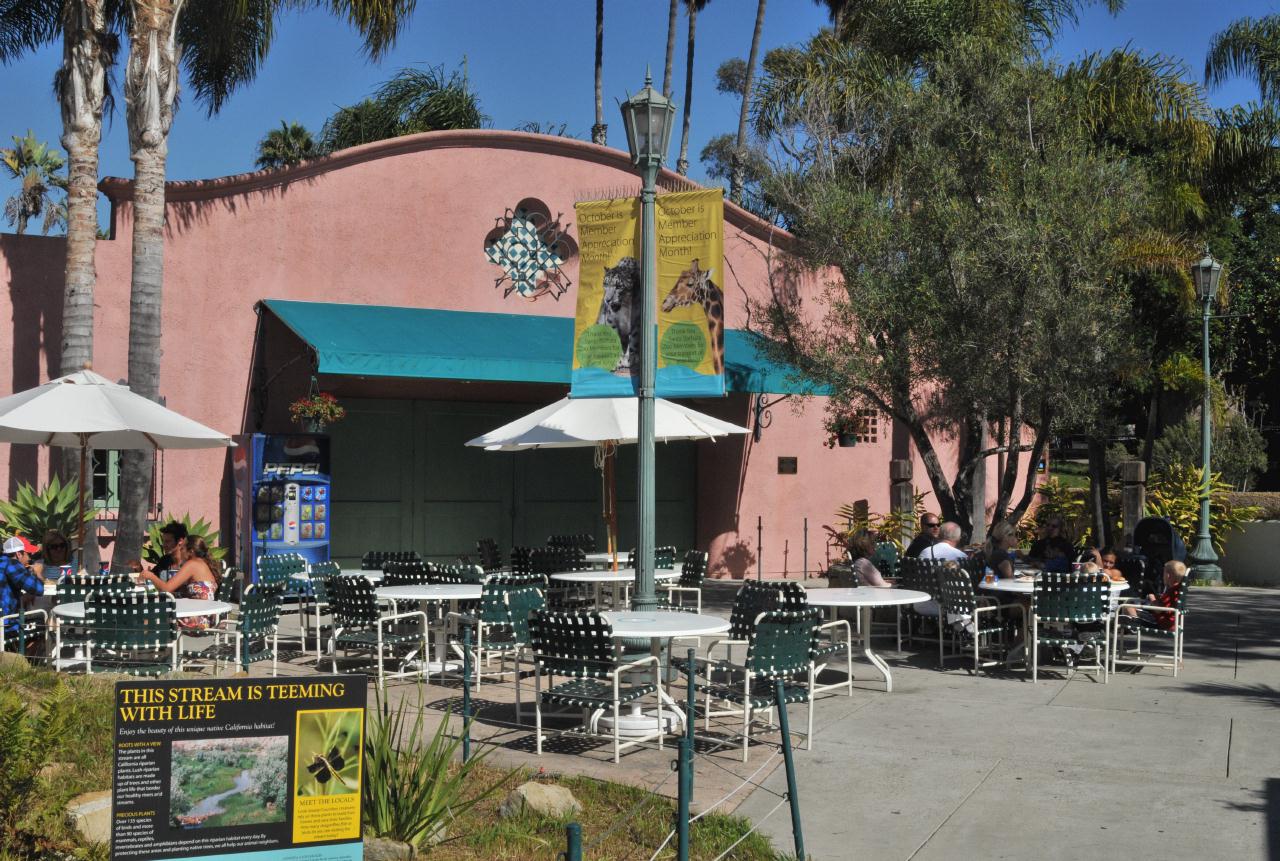 Just the other side of the bridge was a cafe with food. Off to the right, just out of view, was a gift shop.
Santa Barbara Zoo • 500 Niños Drive, Santa Barbara, California • (Photo posted Sunday 28 November 2010) • (Photo taken 14:39:22 Friday 8 October 2010) • © 2010 Bryan Costales 
 #143922_8530BCX #143922_8530BCX
Add a comment or report a mistake
|
|
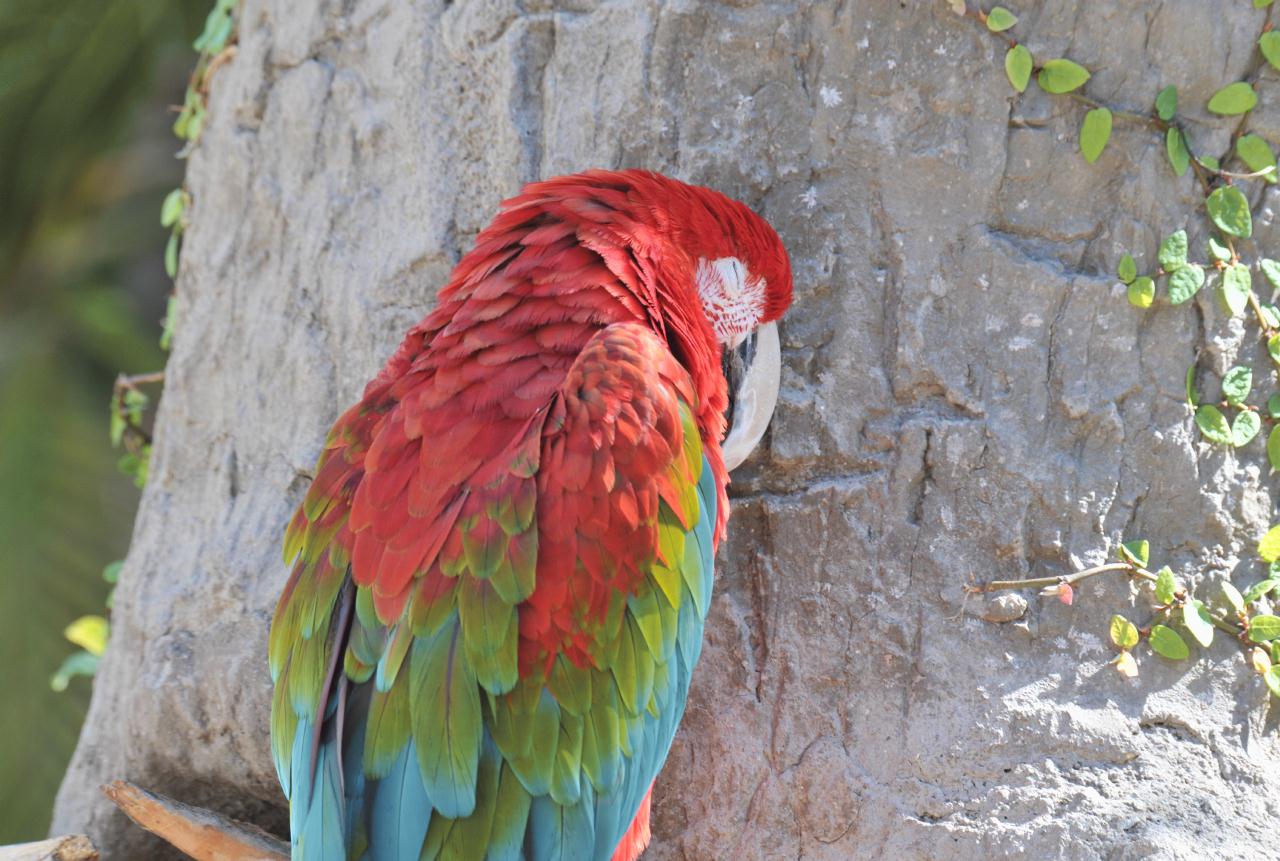 The sign describing this Macaw read: "Living in swamps and forests of Central and South America, this macaw's diet includes poisonous fruits and the local river clay, which neutralizes the toxins."
Santa Barbara Zoo • 500 Niños Drive, Santa Barbara, California • (Photo posted Sunday 28 November 2010) • (Photo taken 14:39:22 Friday 8 October 2010) • © 2010 Terry Costales 
 #143938_8960TNT #143938_8960TNT
Add a comment or report a mistake
|
|
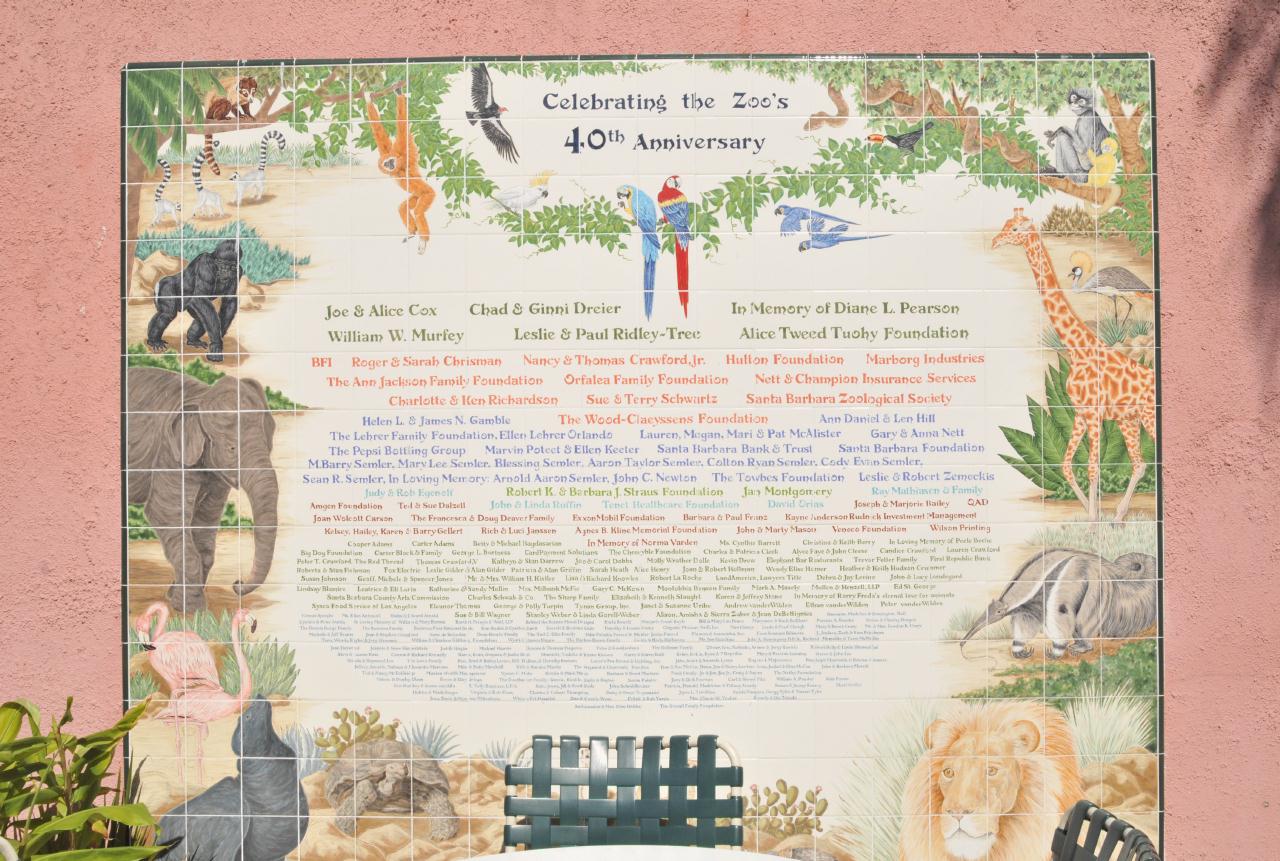 In 2003 the Zoo celebrated its 40th Anniversary. All those who supported that event were credited on a large tile plaque in the main entry courtyard.
Santa Barbara Zoo • 500 Niños Drive, Santa Barbara, California • (Photo posted Sunday 28 November 2010) • (Photo taken 14:39:22 Friday 8 October 2010) • © 2010 Bryan Costales 
 #144140_8537BCX #144140_8537BCX
Add a comment or report a mistake
|
|
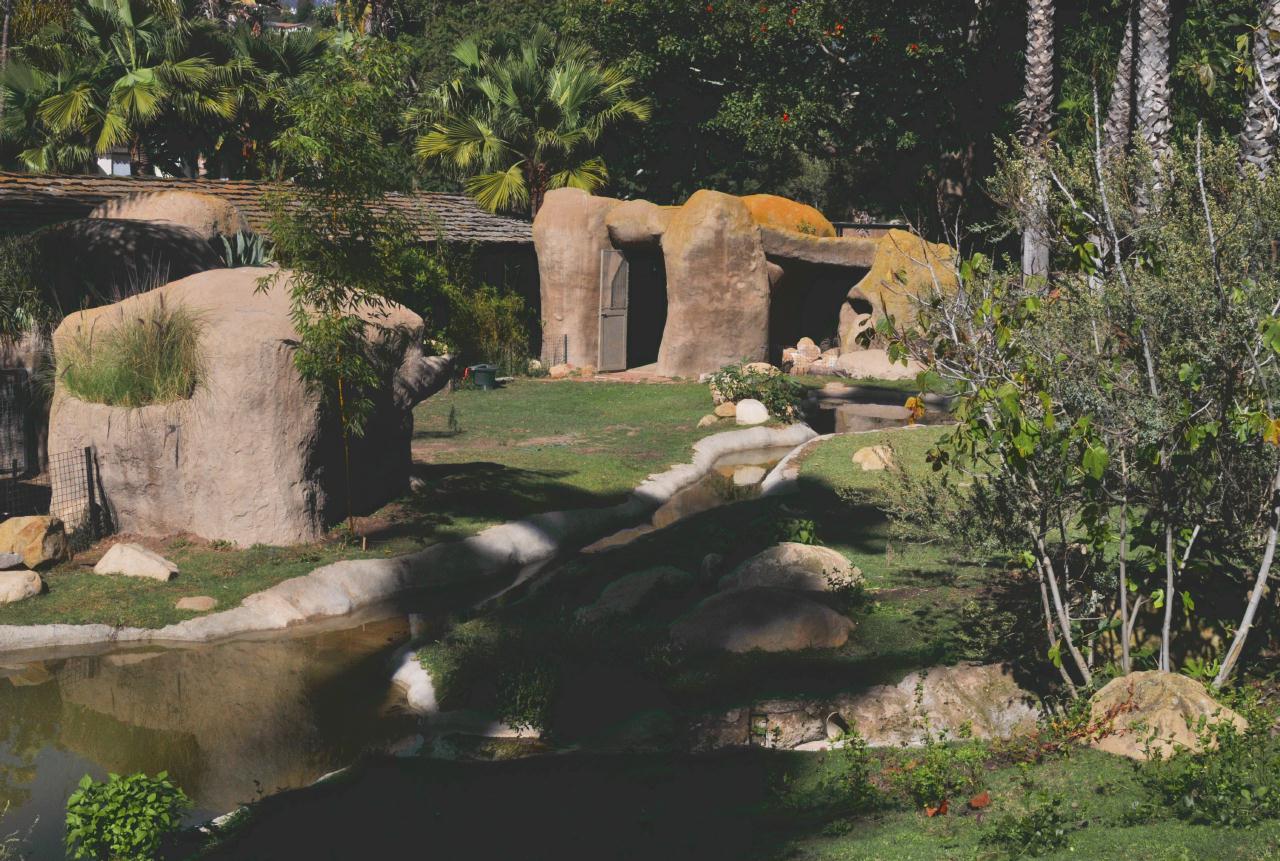 The capybara enclosure appeared to be empty, but a capybara was hiding in the shade at the very rear of the enclosure. Several would emerge later at feeding time.
Santa Barbara Zoo • 500 Niños Drive, Santa Barbara, California • (Photo posted Sunday 28 November 2010) • (Photo taken 14:42:37 Friday 8 October 2010) • © 2010 Bryan Costales 
 #144237_8538BCX #144237_8538BCX
Add a comment or report a mistake
|
|
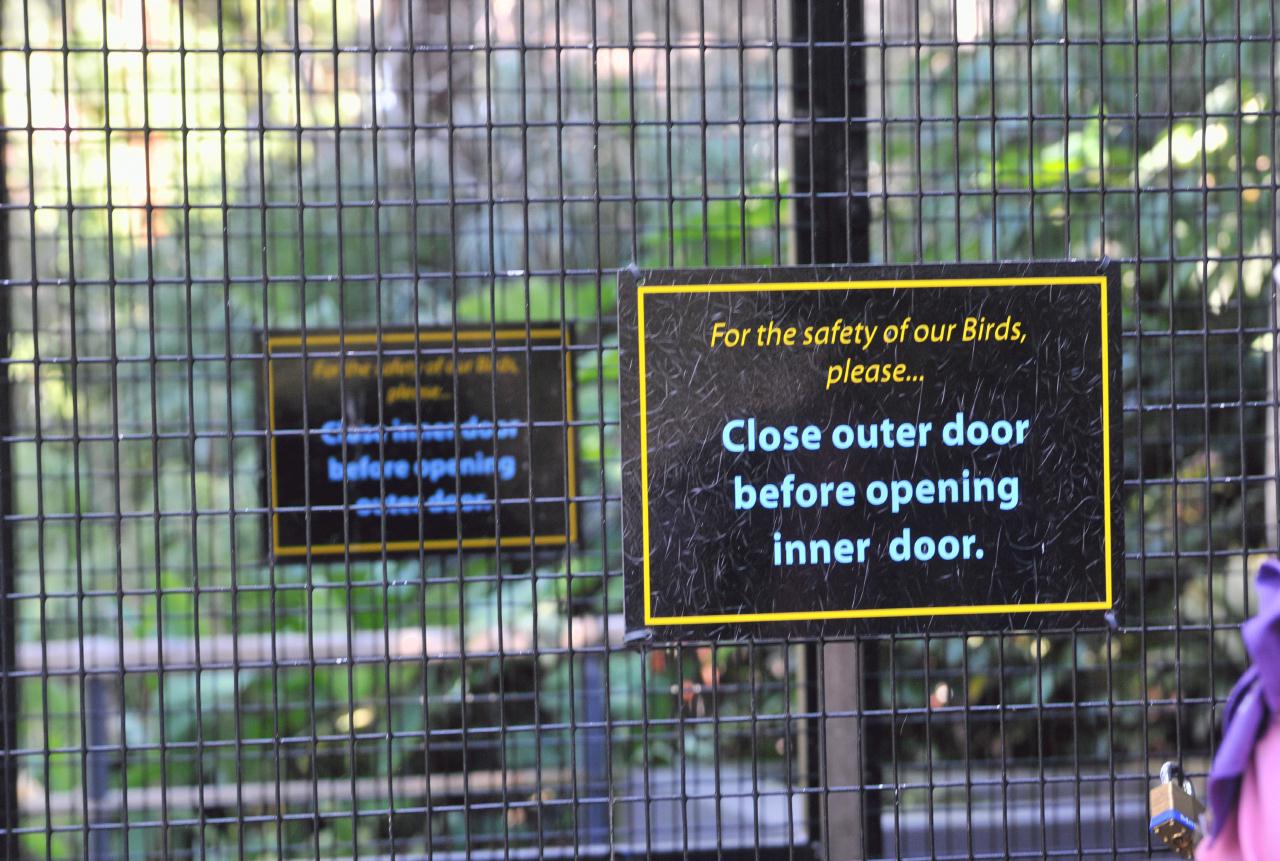 The zoo had a single aviary. One set of double doors led in, and another set led out. The sign read: "For the safety of our Birds, please... Close the outer door before opening the inner door."
Santa Barbara Zoo • 500 Niños Drive, Santa Barbara, California • (Photo posted Sunday 28 November 2010) • (Photo taken 14:48:10 Friday 8 October 2010) • © 2010 Bryan Costales 
 #144810_8542BCX #144810_8542BCX
Add a comment or report a mistake
|
|
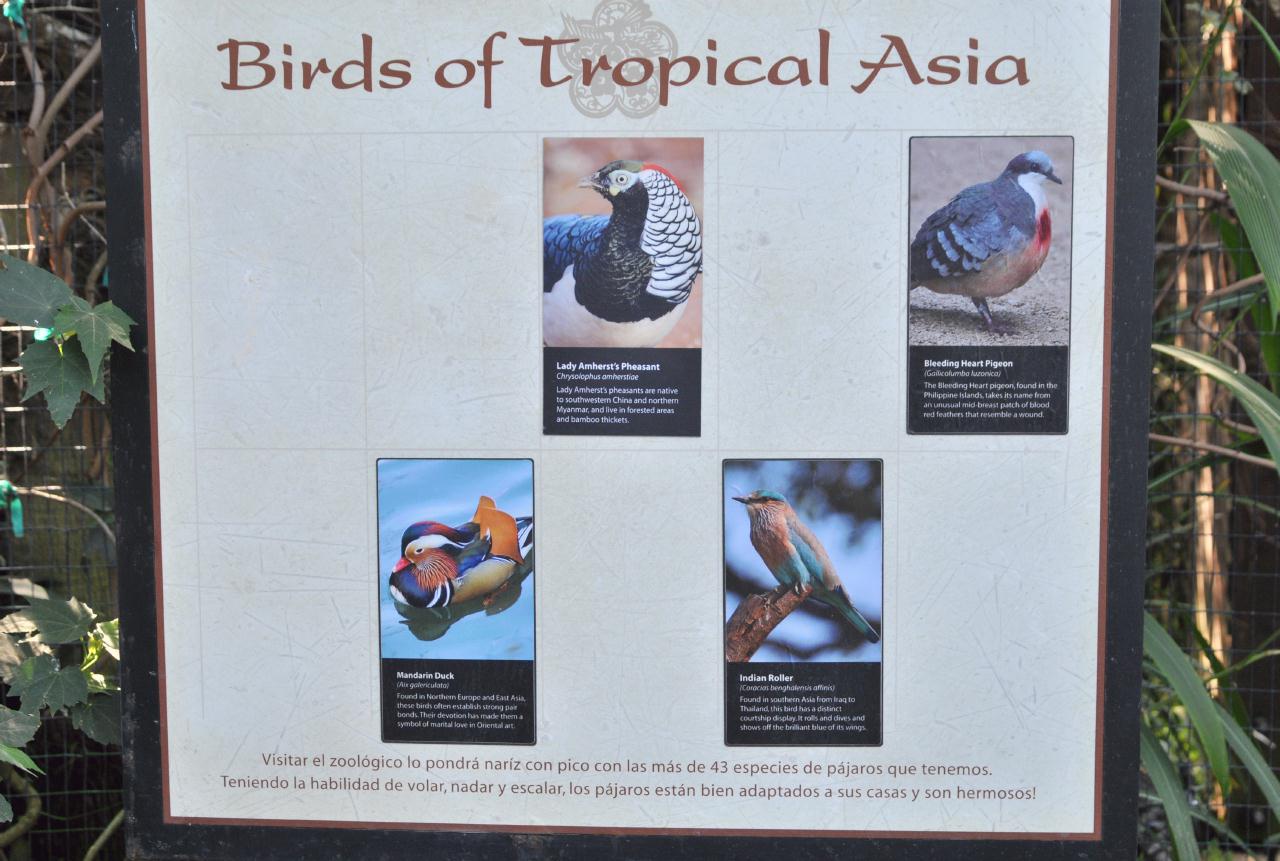 The aviary contained birds of tropical Asia. Unfortunately few were in evidence mid afternoon.
Santa Barbara Zoo • 500 Niños Drive, Santa Barbara, California • (Photo posted Sunday 28 November 2010) • (Photo taken 14:48:38 Friday 8 October 2010) • © 2010 Bryan Costales 
 #144838_8543BCX #144838_8543BCX
Add a comment or report a mistake
|
|
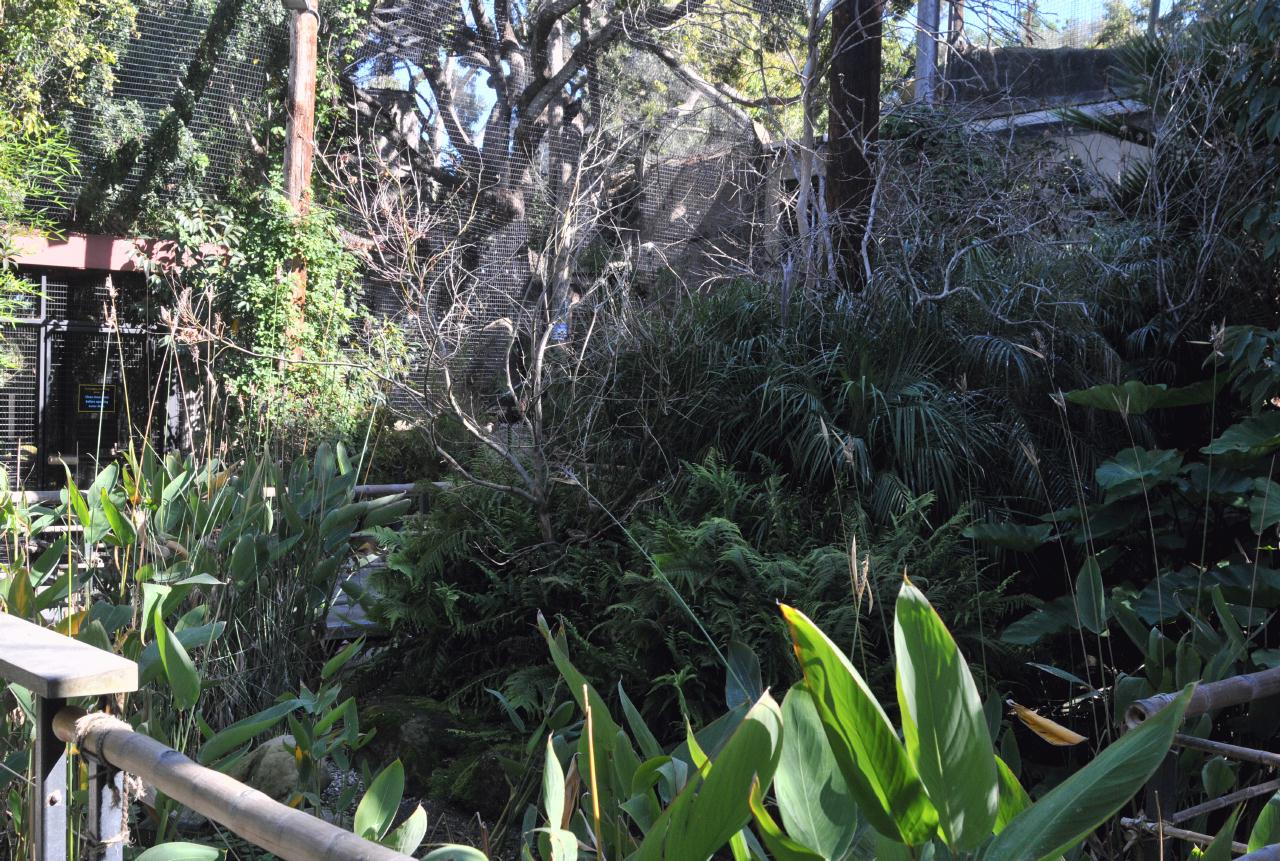 Inside the aviary was lushly overgrown with many places for small birds to hide. A patient person could wait and remain still for a while to spot birds, but an impatient person would return at feeding time.
Santa Barbara Zoo • 500 Niños Drive, Santa Barbara, California • (Photo posted Sunday 28 November 2010) • (Photo taken 14:49:16 Friday 8 October 2010) • © 2010 Bryan Costales 
 #144916_8545BCX #144916_8545BCX
Add a comment or report a mistake
|
|
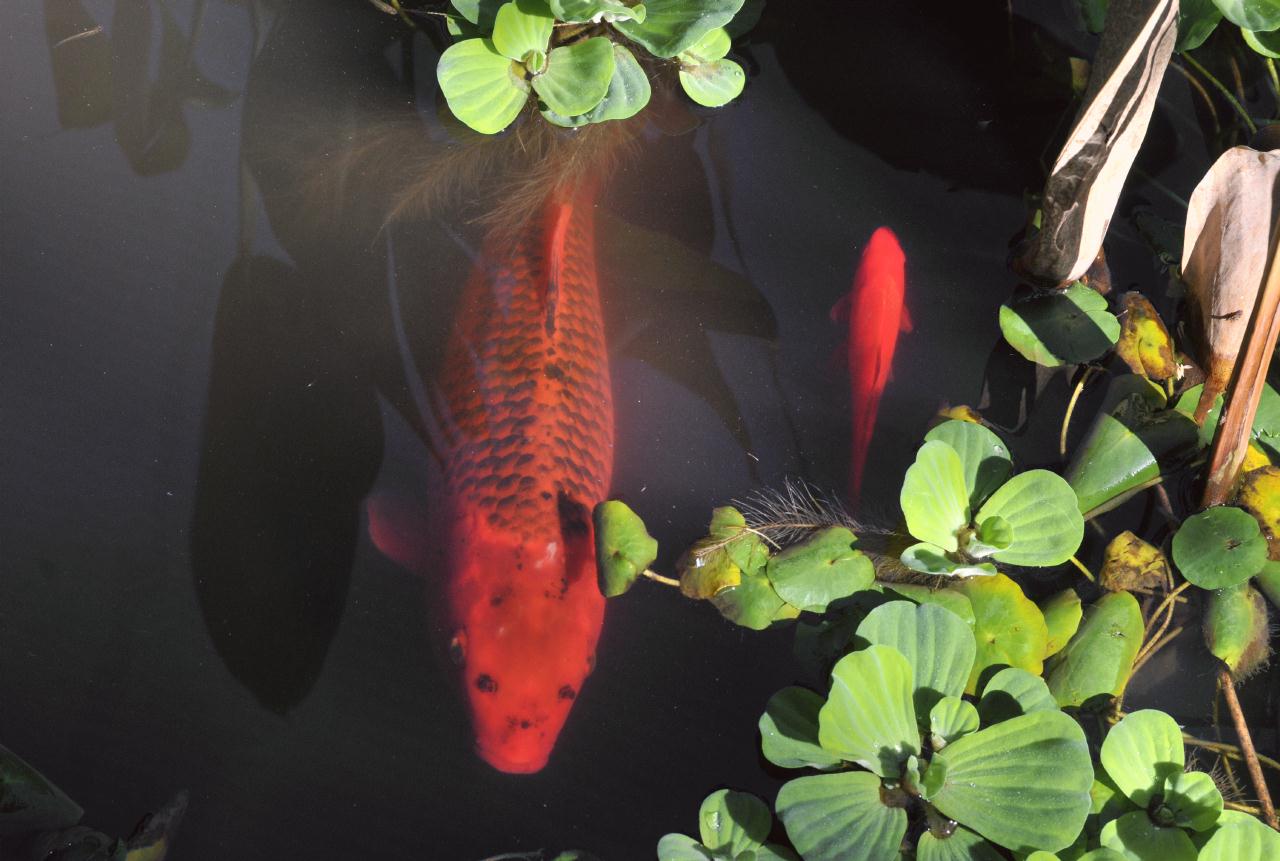 Koi swam in a small pond inside the Aviary.
Santa Barbara Zoo • 500 Niños Drive, Santa Barbara, California • (Photo posted Sunday 28 November 2010) • (Photo taken 14:49:42 Friday 8 October 2010) • © 2010 Bryan Costales 
 #144942_8547BCX #144942_8547BCX
Add a comment or report a mistake
|
|
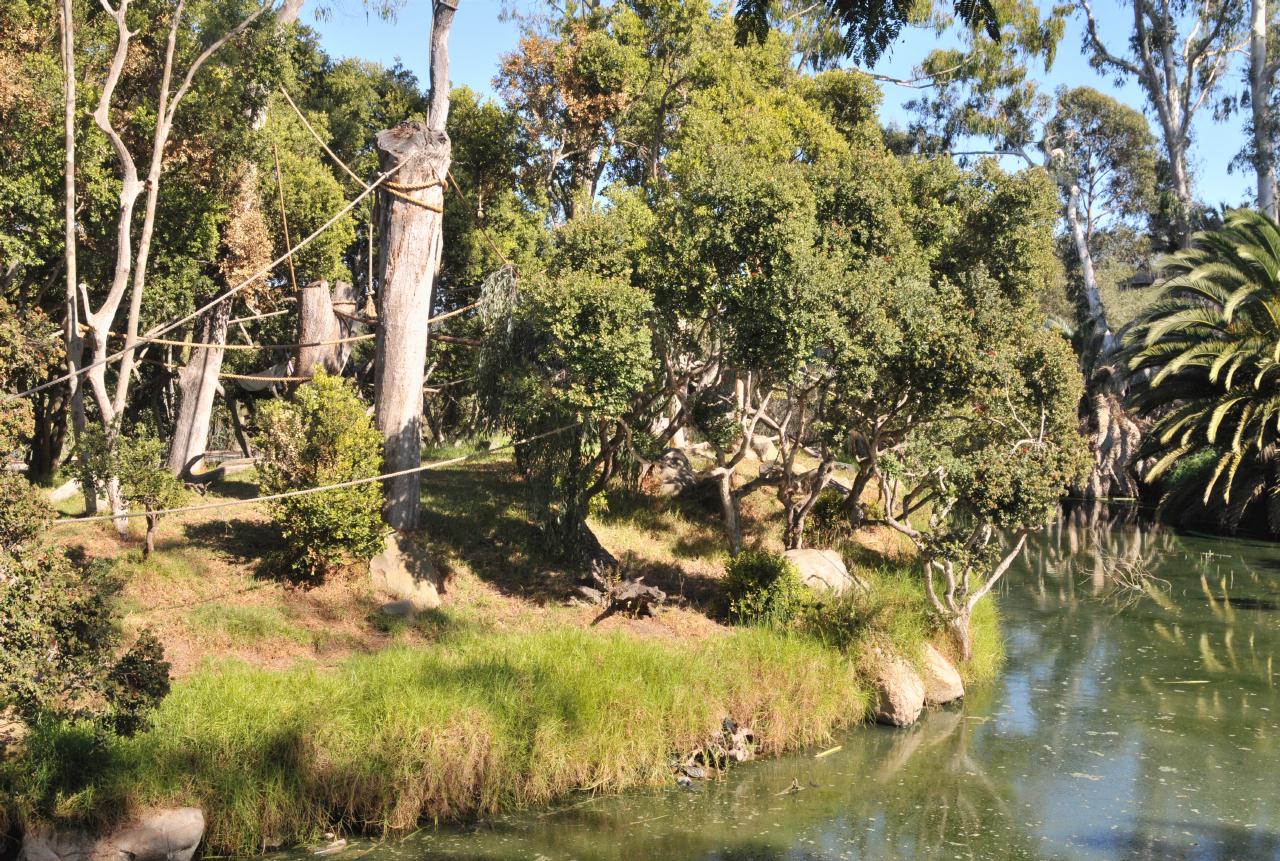 The white-handed gibbon area was an island festooned with ropes.
Santa Barbara Zoo • 500 Niños Drive, Santa Barbara, California • (Photo posted Sunday 28 November 2010) • (Photo taken 14:54:02 Friday 8 October 2010) • © 2010 Bryan Costales 
 #145402_8555BCX #145402_8555BCX
Add a comment or report a mistake
|
|
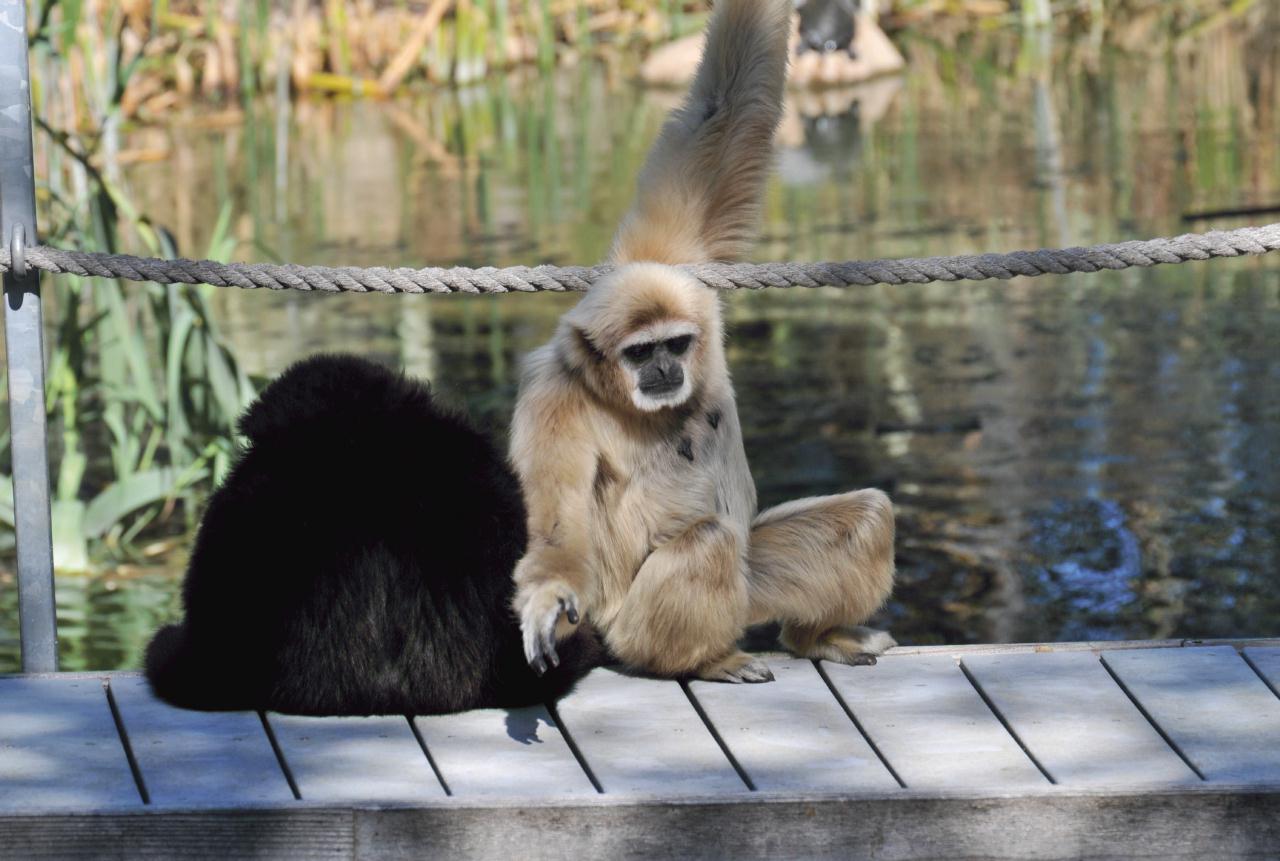 The sign on the fence read: "Gibbons are among the most endangered primates. Loss of tropical rain forest habitat, poaching for food, and capturing young gibbons for the pet trade seriously threaten their survival."
Santa Barbara Zoo • 500 Niños Drive, Santa Barbara, California • (Photo posted Sunday 28 November 2010) • (Photo taken 14:54:43 Friday 8 October 2010) • © 2010 Terry Costales 
 #145443_8971TNT #145443_8971TNT
Add a comment or report a mistake
|
|
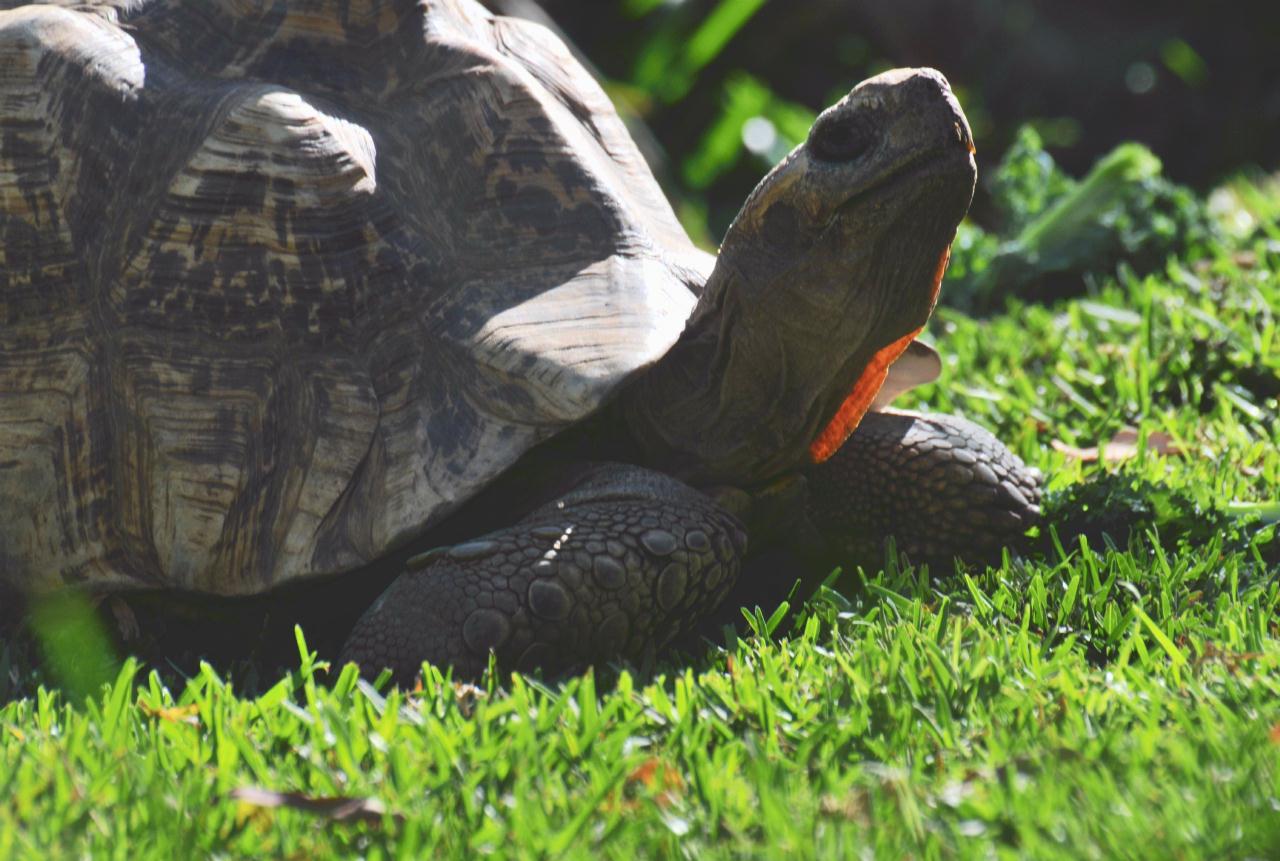 The sign on Leopard Tortoise enclosure read: "These beautiful tortoises are named for the spotted pattern on their shells. This colorful pattern helps you tortoises to blend in with their African grassland habitats. Older tortoises can reach a weight of over 100 pounds and therefore need no protection from predators."
Santa Barbara Zoo • 500 Niños Drive, Santa Barbara, California • (Photo posted Sunday 28 November 2010) • (Photo taken 14:56:59 Friday 8 October 2010) • © 2010 Terry Costales 
 #145659_8981TNT #145659_8981TNT
Add a comment or report a mistake
|
|
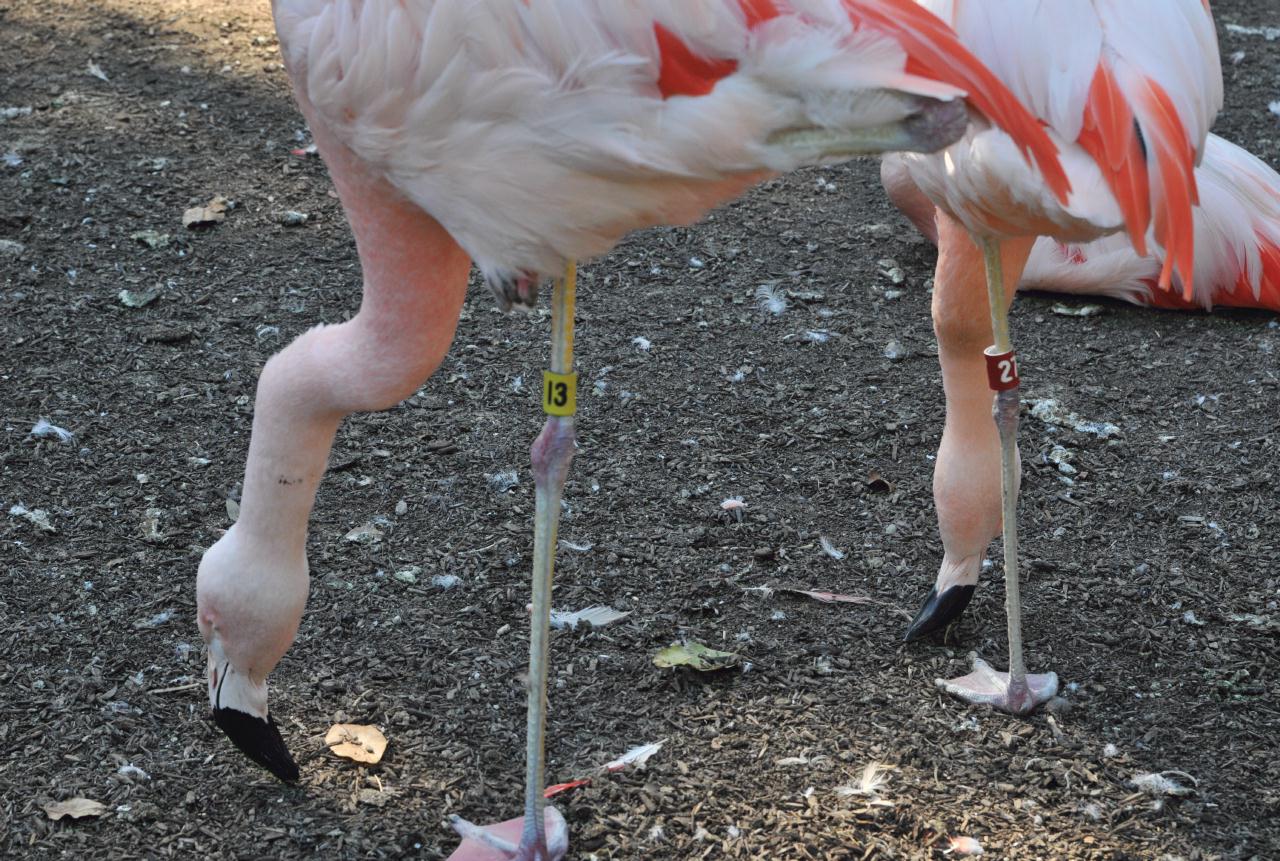 These Chilean Flamingo were numbered 13 (closest) and 27 in the rear. Most Zoos display flamingos right at the entrance. These were displayed internally.
Santa Barbara Zoo • 500 Niños Drive, Santa Barbara, California • (Photo posted Sunday 28 November 2010) • (Photo taken 15:01:06 Friday 8 October 2010) • © 2010 Bryan Costales 
 #150106_8565BCX #150106_8565BCX
Add a comment or report a mistake
|
|
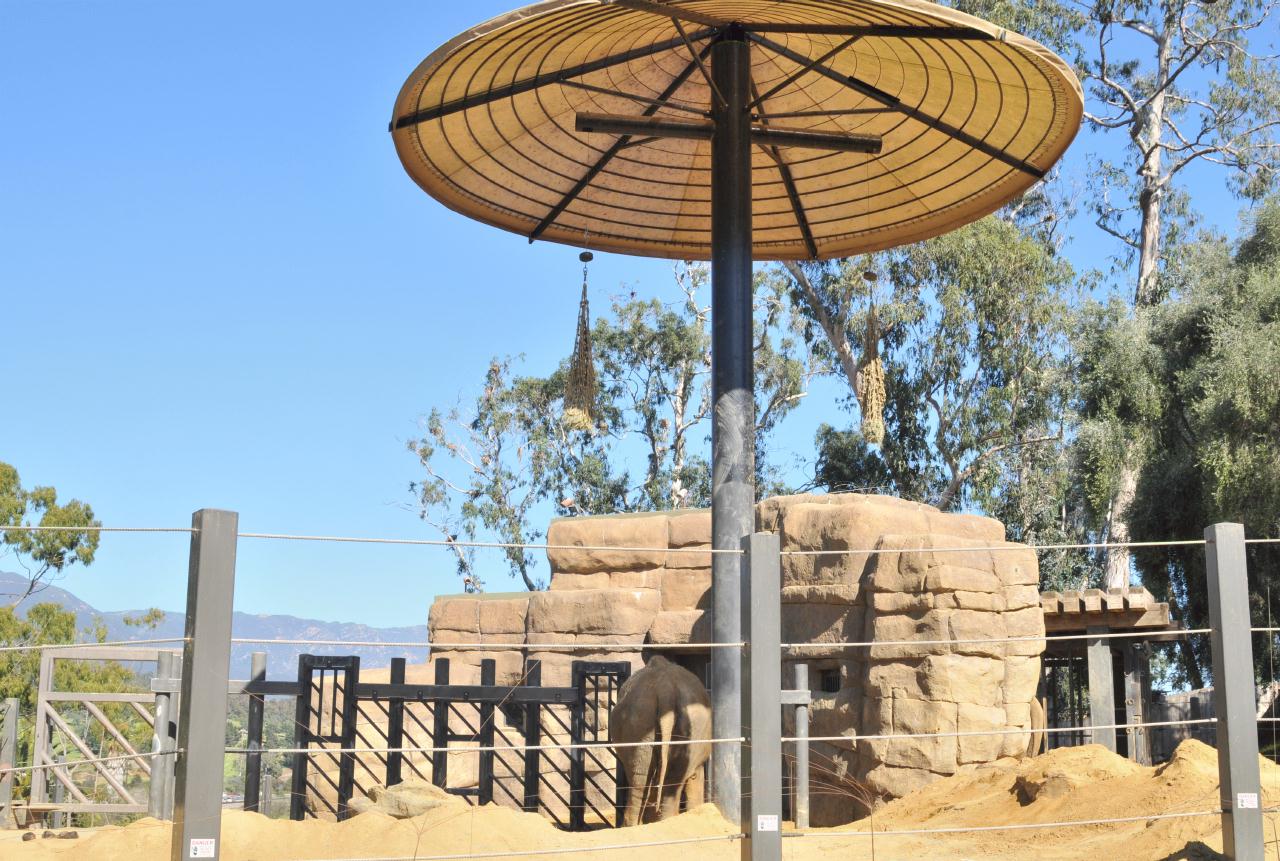 Here was a fully grown African elephant inside a huge enclosure. The intention was to give the elephant space to roam, not to diminish its stature.
Santa Barbara Zoo • 500 Niños Drive, Santa Barbara, California • (Photo posted Sunday 28 November 2010) • (Photo taken 15:03:29 Friday 8 October 2010) • © 2010 Bryan Costales 
 #150329_8570BCX #150329_8570BCX
Add a comment or report a mistake
|
|
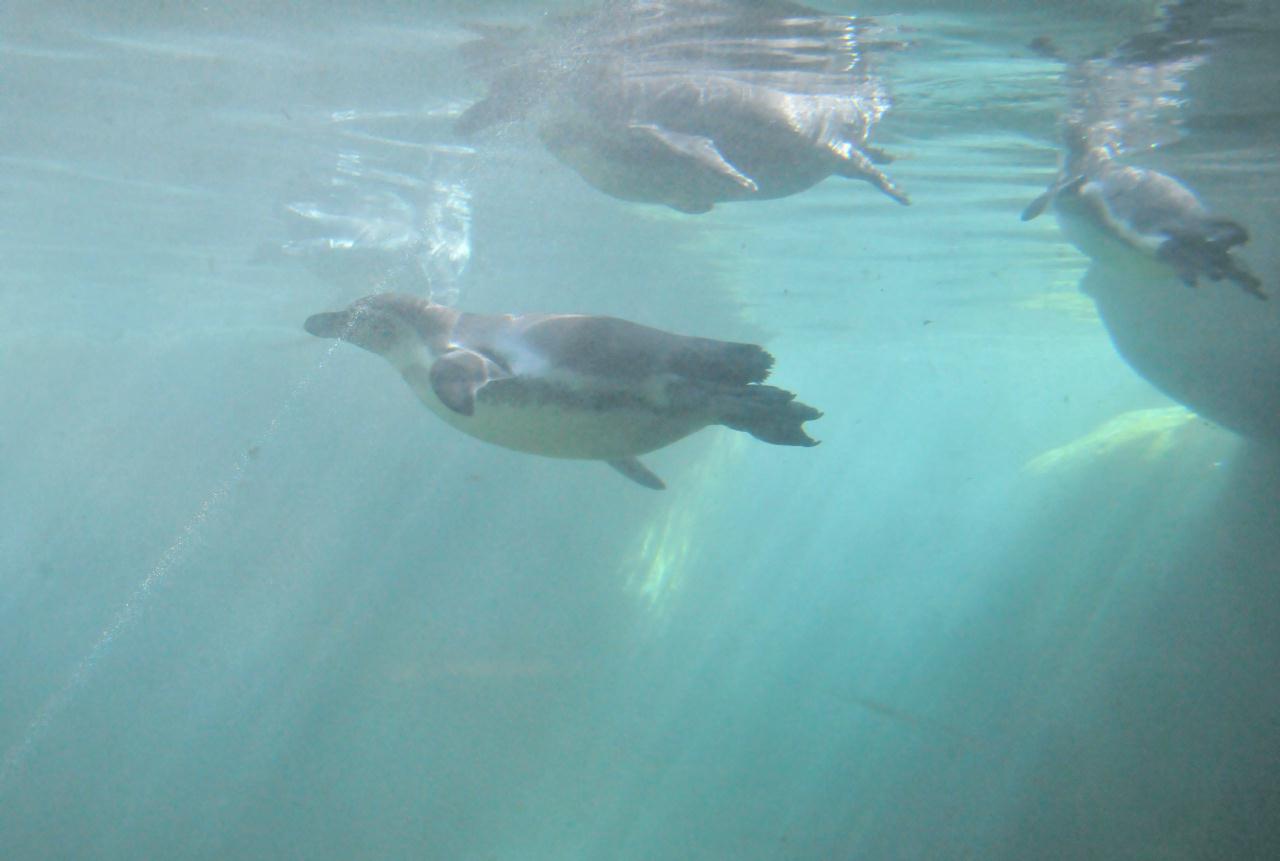 Windows allowed underwater viewing of penguins swimming.
Santa Barbara Zoo • 500 Niños Drive, Santa Barbara, California • (Photo posted Sunday 28 November 2010) • (Photo taken 15:06:00 Friday 8 October 2010) • © 2010 Bryan Costales 
 #150600_8582BCX #150600_8582BCX
Add a comment or report a mistake
|
|
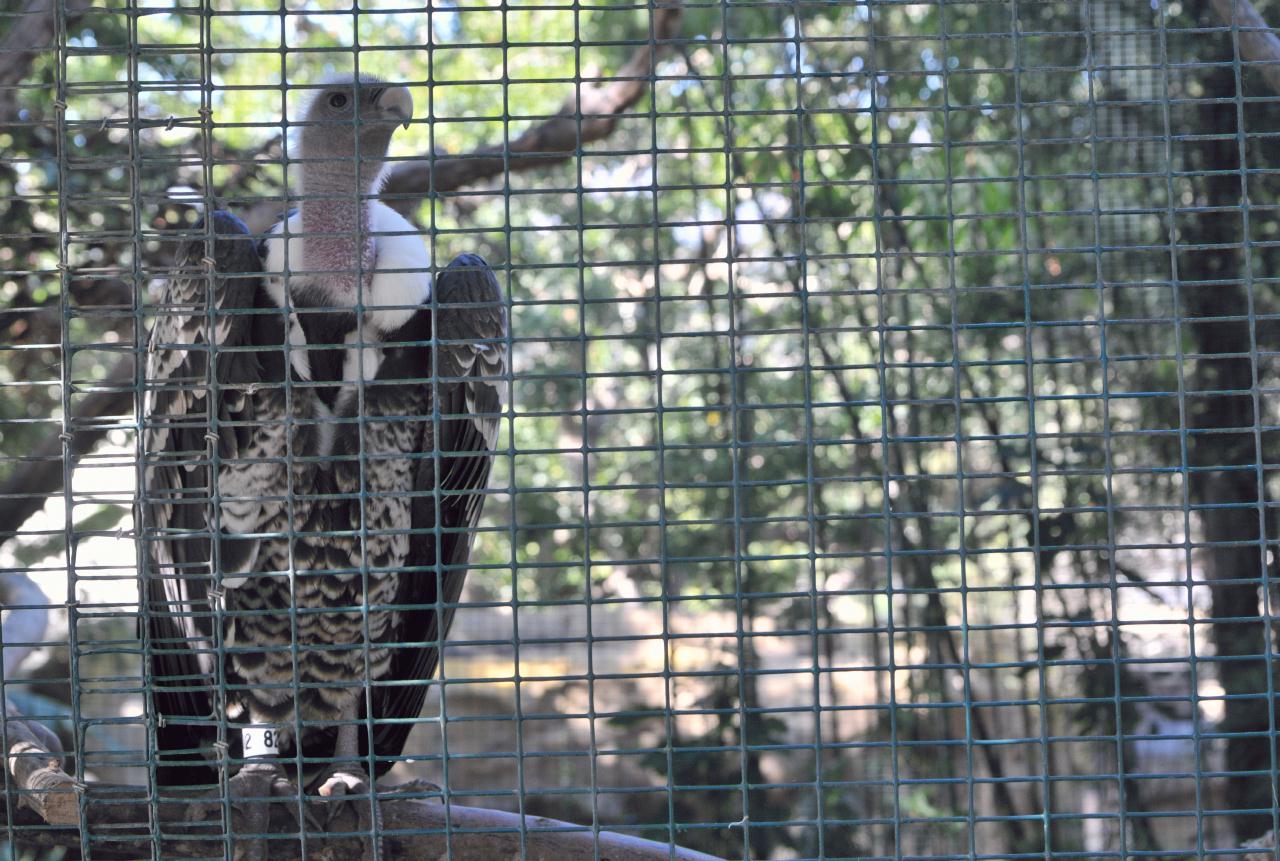 The tight wire used on this enclosure made a clean photograph impossible. A sign on this enclosure read in part: "Thousands of these vultures clean up over 13,000 pounds of decaying animal remains each year in the Serengeti alone."
Santa Barbara Zoo • 500 Niños Drive, Santa Barbara, California • (Photo posted Sunday 28 November 2010) • (Photo taken 15:11:36 Friday 8 October 2010) • © 2010 Bryan Costales 
 #151136_8591BCX #151136_8591BCX
Add a comment or report a mistake
|
|
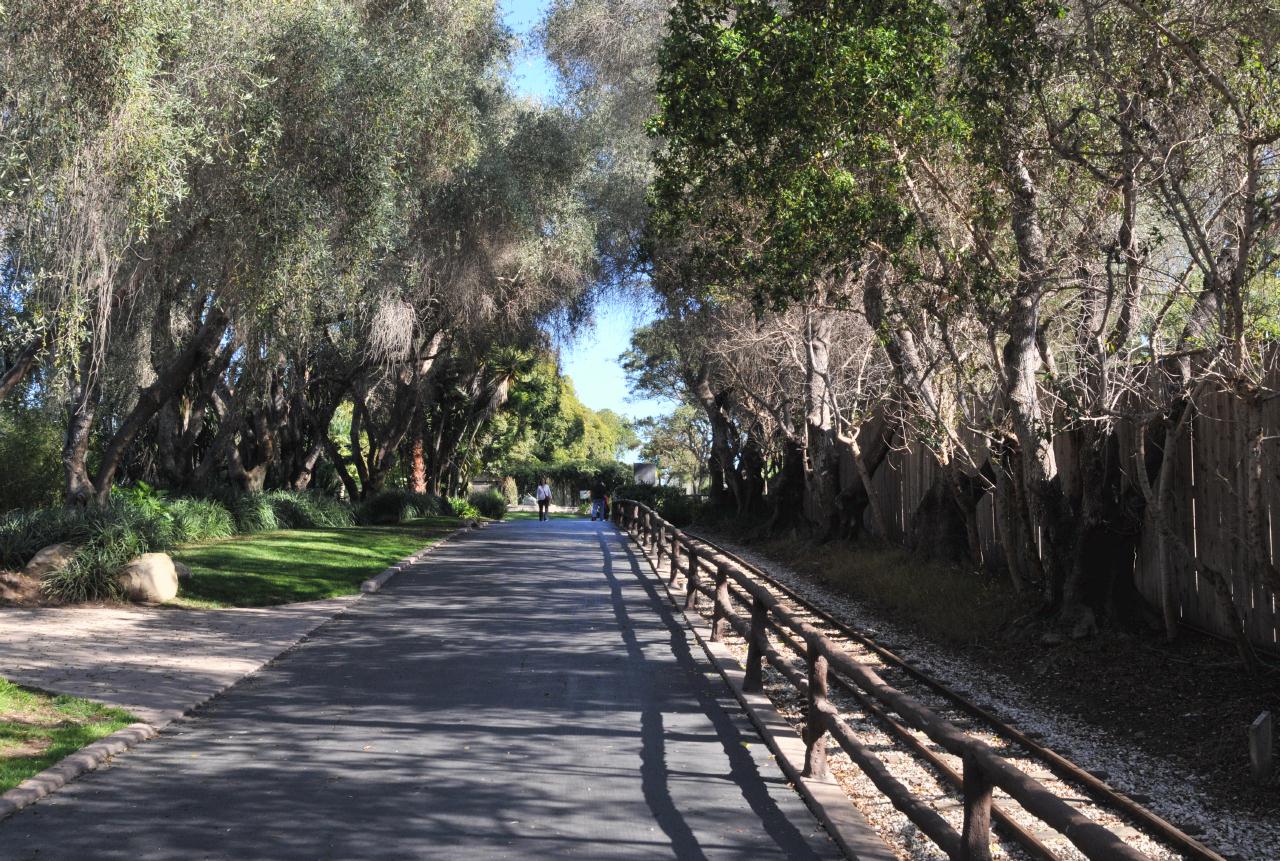 A wide path led along the rear of the zoo. At the end of this path was an area for special events. To the right were the train tracks for a train that was not running that day.
Santa Barbara Zoo • 500 Niños Drive, Santa Barbara, California • (Photo posted Sunday 28 November 2010) • (Photo taken 15:16:16 Friday 8 October 2010) • © 2010 Bryan Costales 
 #151616_8593BCX #151616_8593BCX
Add a comment or report a mistake
|
|
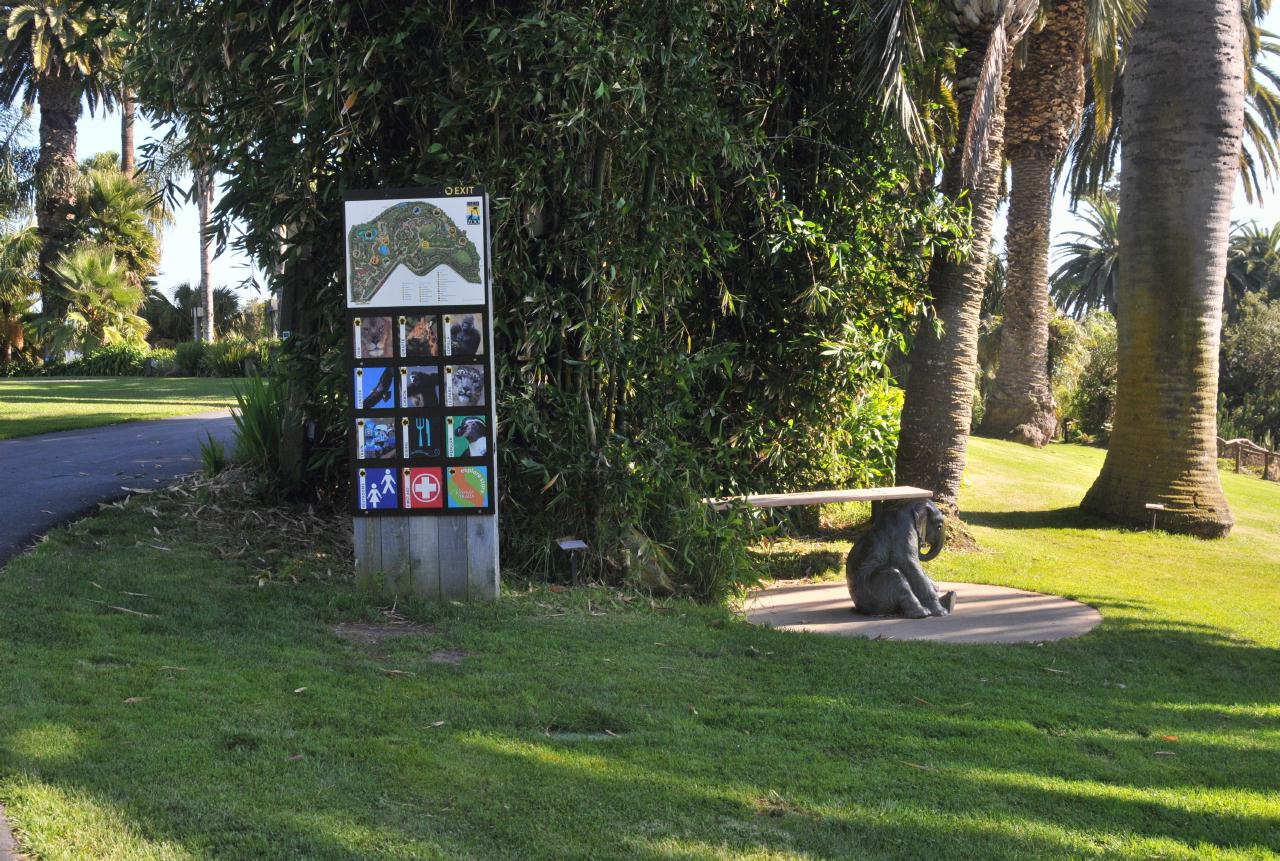 The path passed by a sign that showed where one was in relation to the zoo at large. A bench and a statue of a resting elephant.
Santa Barbara Zoo • 500 Niños Drive, Santa Barbara, California • (Photo posted Sunday 28 November 2010) • (Photo taken 15:23:06 Friday 8 October 2010) • © 2010 Bryan Costales 
 #152306_8596BCX #152306_8596BCX
Add a comment or report a mistake
|
|
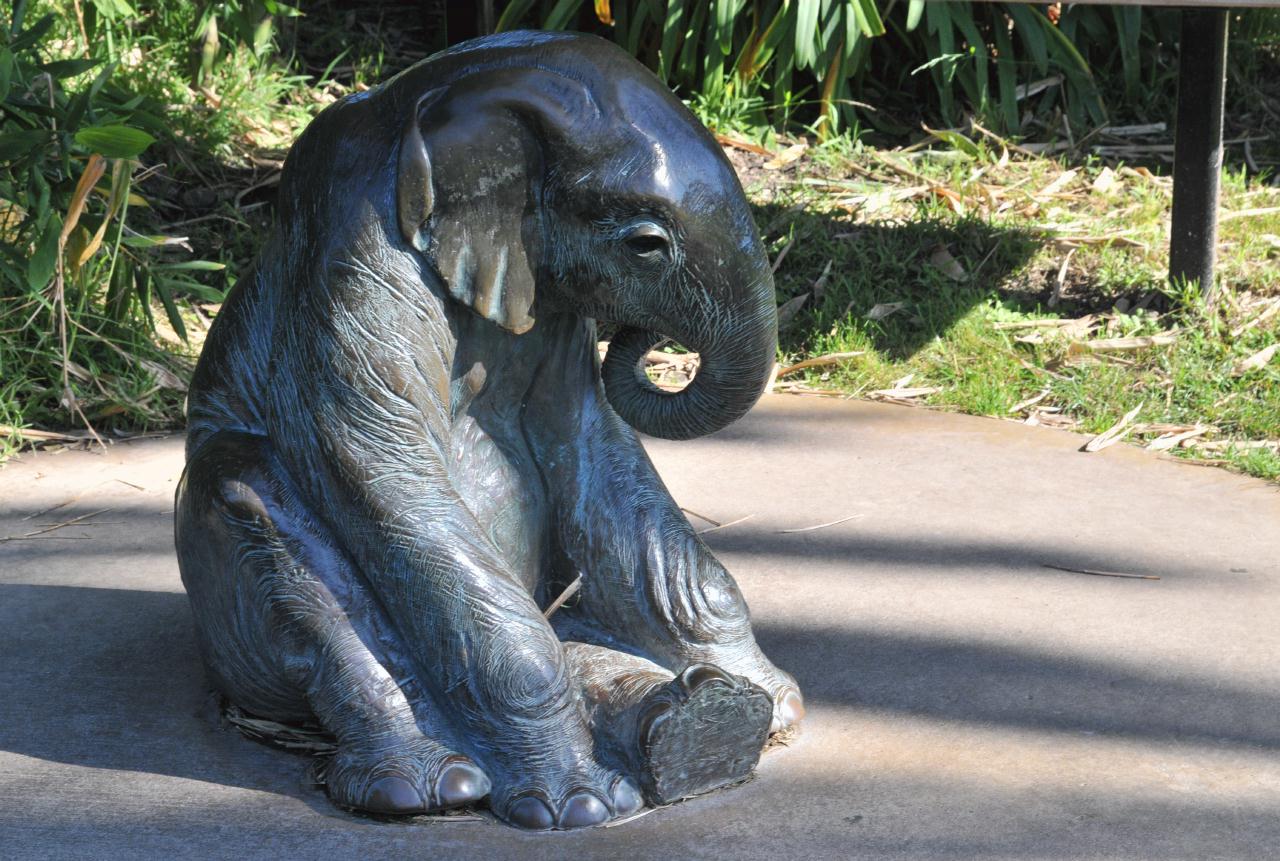 A statue of a resting elephant. This statue was small, no more then 3 feet (1 meter) high. There was neither a plaque nor a sign to credit the artist.
Santa Barbara Zoo • 500 Niños Drive, Santa Barbara, California • (Photo posted Sunday 28 November 2010) • (Photo taken 15:23:19 Friday 8 October 2010) • © 2010 Bryan Costales 
 #152319_8597BCX #152319_8597BCX
Add a comment or report a mistake
|
|
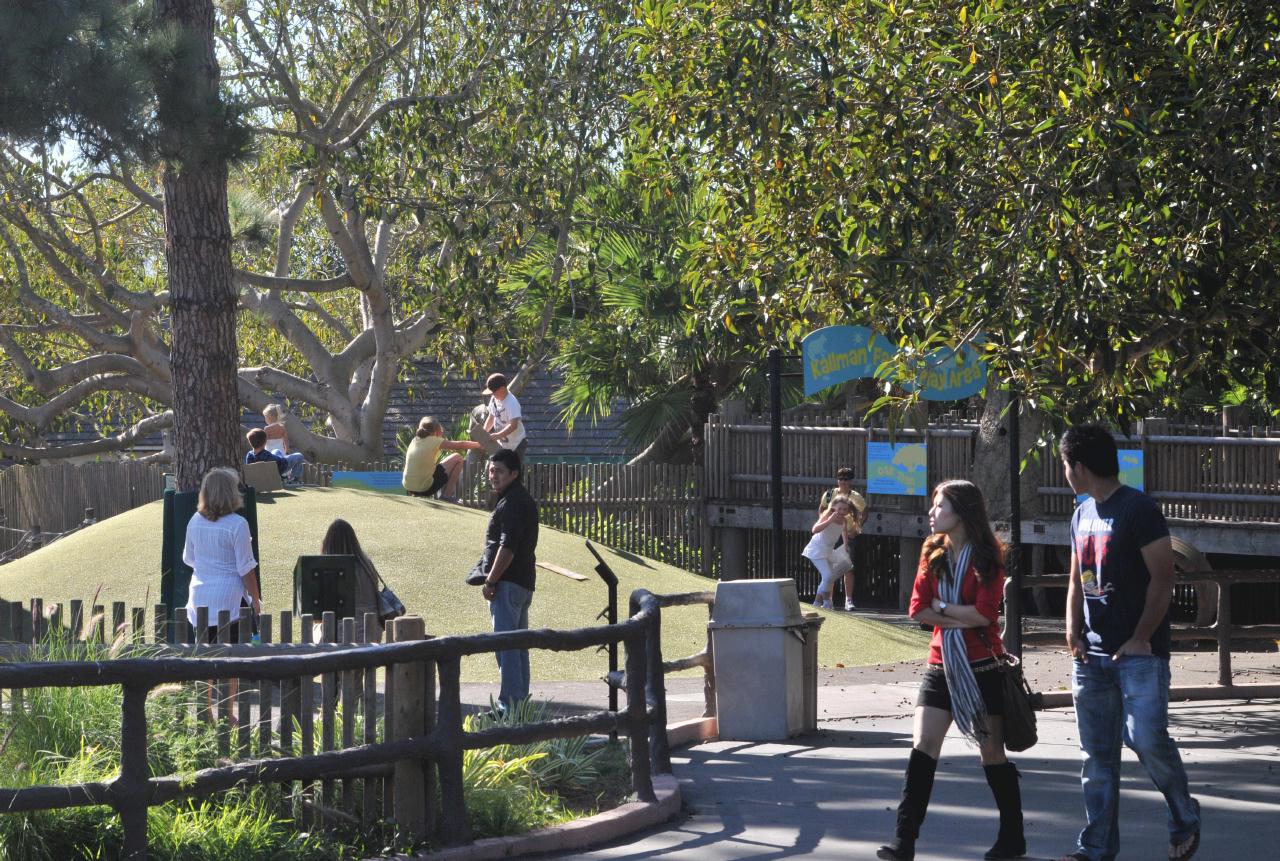 Near the rear of the Zoo was a children's playground.
Santa Barbara Zoo • 500 Niños Drive, Santa Barbara, California • (Photo posted Sunday 28 November 2010) • (Photo taken 15:32:28 Friday 8 October 2010) • © 2010 Bryan Costales 
 #153228_8605BCX #153228_8605BCX
Add a comment or report a mistake
|
|
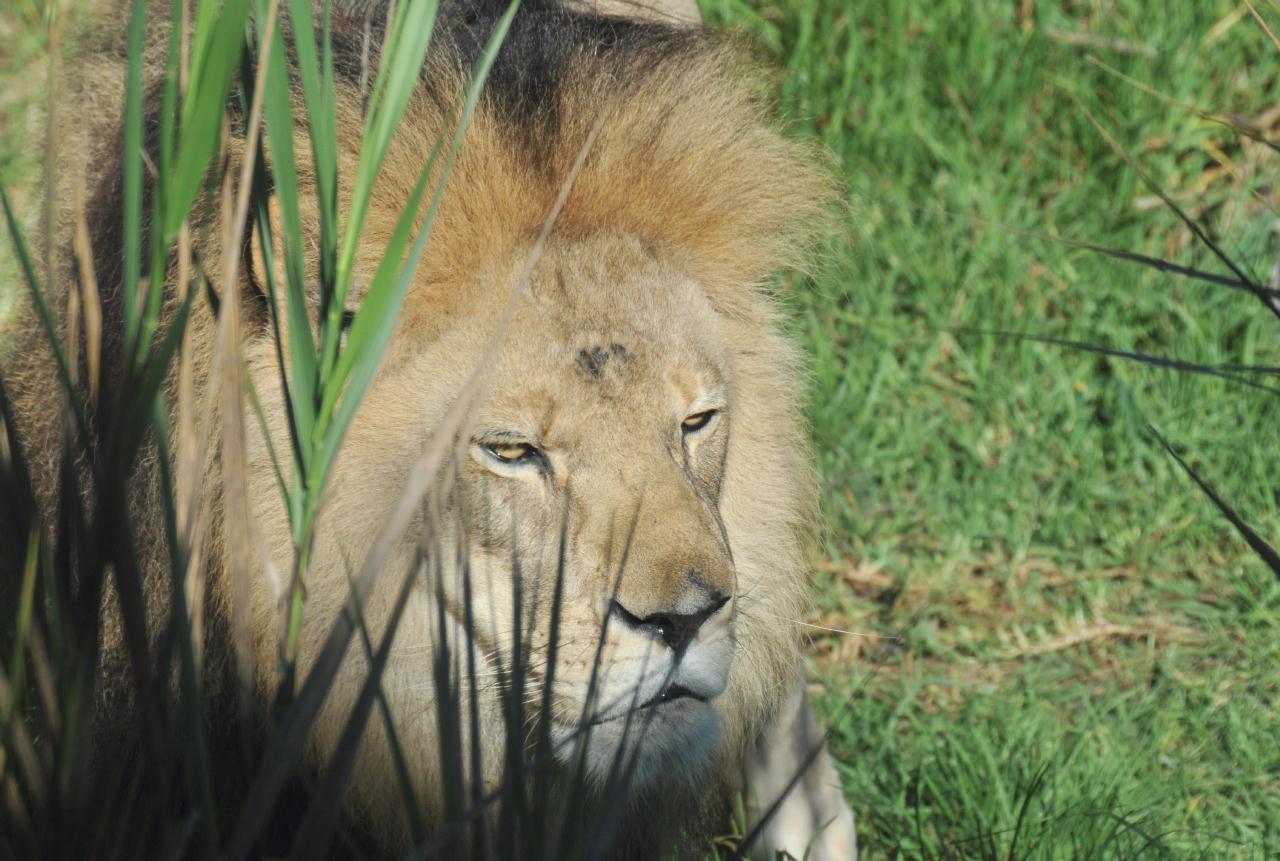 A lion rested in its enclosure.
Santa Barbara Zoo • 500 Niños Drive, Santa Barbara, California • (Photo posted Sunday 28 November 2010) • (Photo taken 15:54:02 Friday 8 October 2010) • © 2010 Terry Costales 
 #155402_9022TNT #155402_9022TNT
Add a comment or report a mistake
|
|
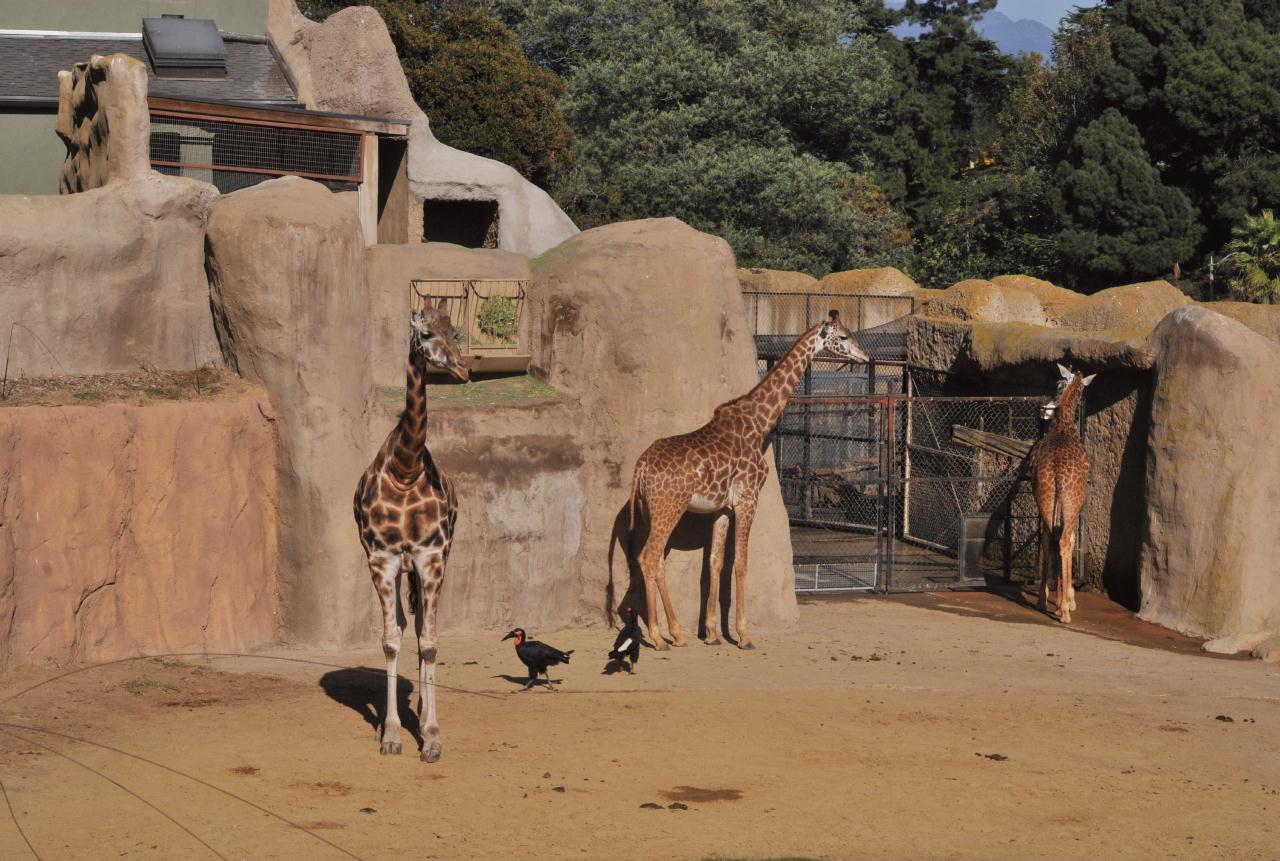 The Baringo Giraffe is found in Uganda and Northern West Kenya. At scheduled times during the day, one can pay to help feed the giraffes.
Santa Barbara Zoo • 500 Niños Drive, Santa Barbara, California • (Photo posted Sunday 28 November 2010) • (Photo taken 15:55:38 Friday 8 October 2010) • © 2010 Bryan Costales 
 #155538_8625BCX #155538_8625BCX
Add a comment or report a mistake
|
|
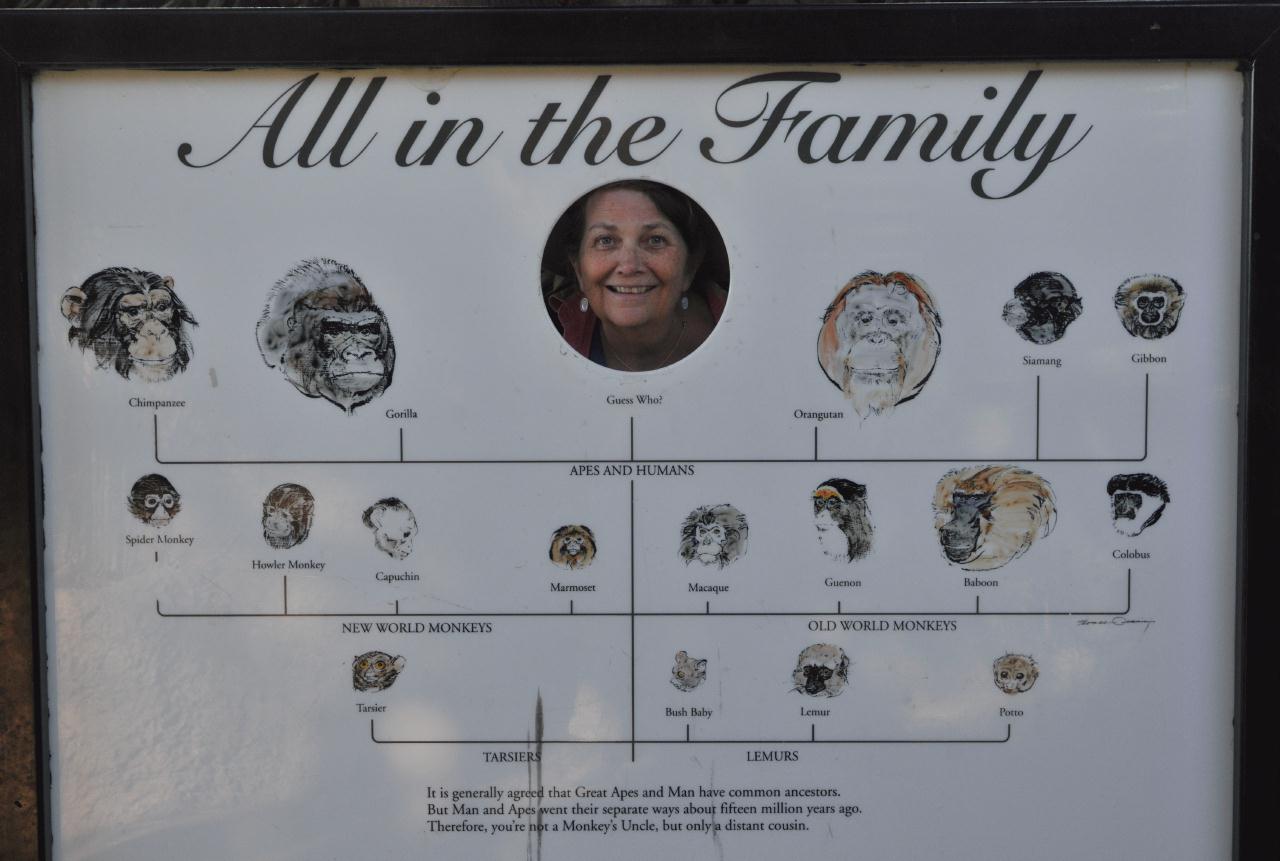 A sign allowed the passing visitor to place his or her face into a hole at the top. This sign described the family tree for homonids with humans at the top.
Santa Barbara Zoo • 500 Niños Drive, Santa Barbara, California • (Photo posted Sunday 28 November 2010) • (Photo taken 16:02:38 Friday 8 October 2010) • © 2010 Bryan Costales 
 #160238_8638BCX #160238_8638BCX
Add a comment or report a mistake
|
|
 The male gorilla named Kivu born 18 August 1991 in Buffalo Zoo, New York. He stands 5'-7" (170 cm) tall and weighs 444 lbs. (201 kgs).
Santa Barbara Zoo • 500 Niños Drive, Santa Barbara, California • (Photo posted Sunday 28 November 2010) • (Photo taken 16:03:38 Friday 8 October 2010) • © 2010 Bryan Costales 
 #160338_8639BCX #160338_8639BCX
Add a comment or report a mistake
|
|
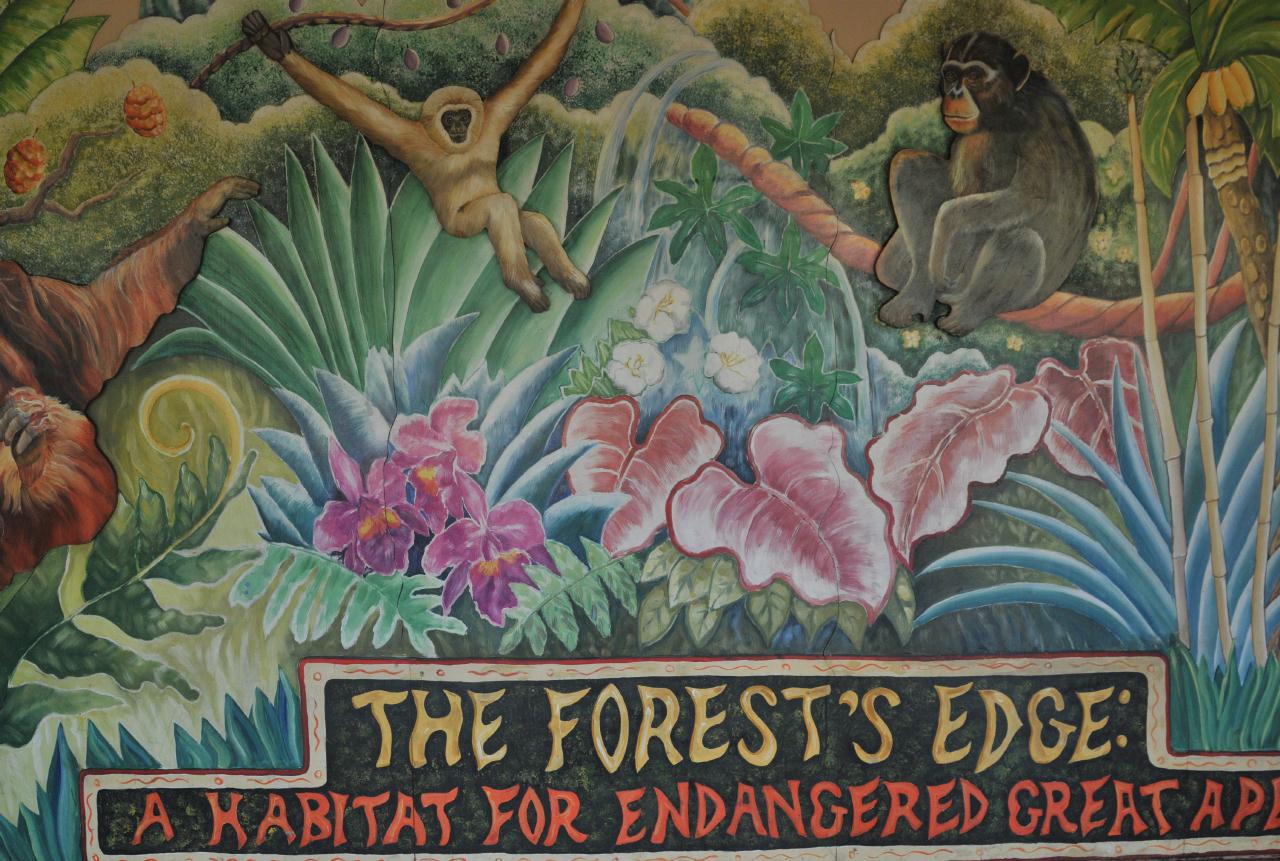 A sign just outside the gorilla enclosure read: "The Forest's Edge: A habitat for endangered great apes."
Santa Barbara Zoo • 500 Niños Drive, Santa Barbara, California • (Photo posted Sunday 28 November 2010) • (Photo taken 16:04:08 Friday 8 October 2010) • © 2010 Bryan Costales 
 #160408_8640BCX #160408_8640BCX
Add a comment or report a mistake
|
|
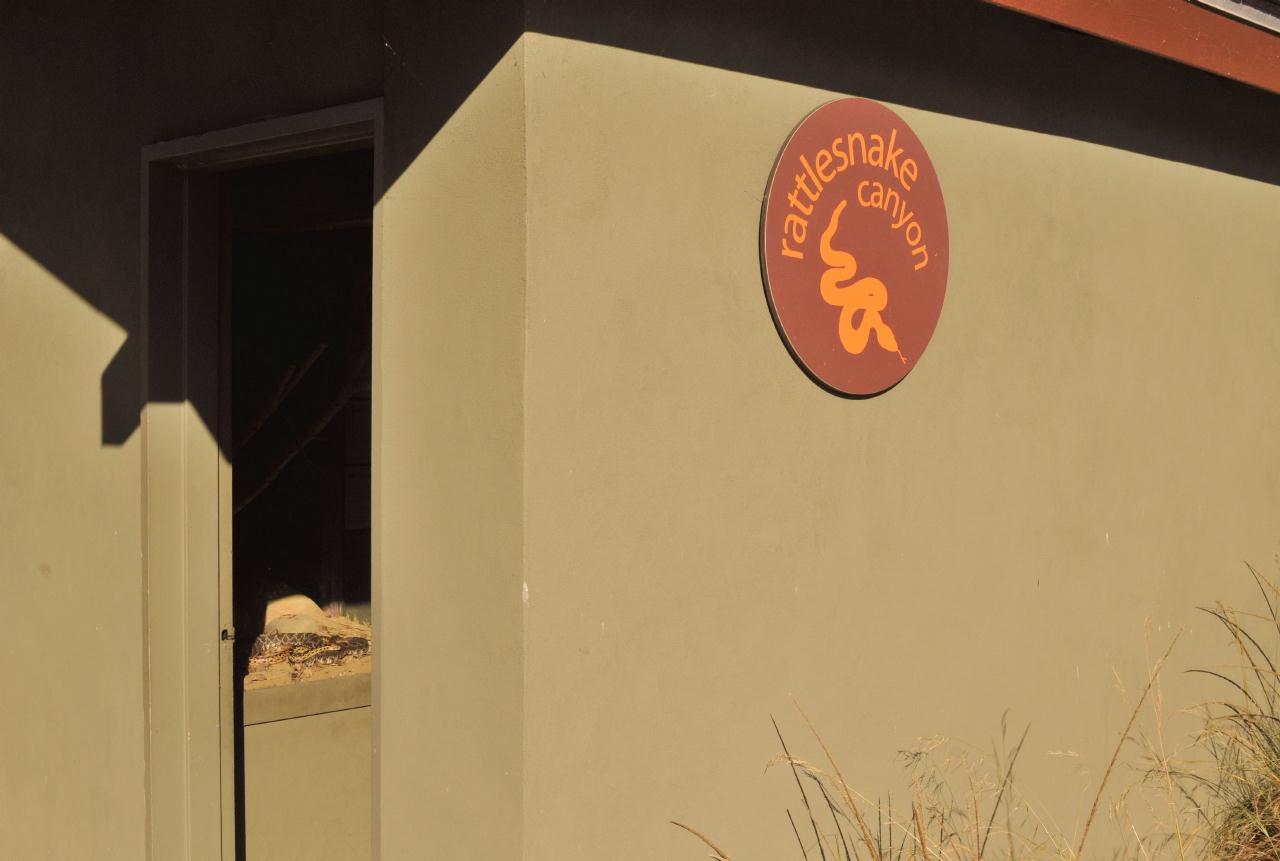 A sign "Rattlesnake canyon" on the outside of a building. Inside were exhibits of rattlesnakes.
Santa Barbara Zoo • 500 Niños Drive, Santa Barbara, California • (Photo posted Sunday 28 November 2010) • (Photo taken 16:16:38 Friday 8 October 2010) • © 2010 Bryan Costales 
 #161638_8650BCX #161638_8650BCX
Add a comment or report a mistake
|
|
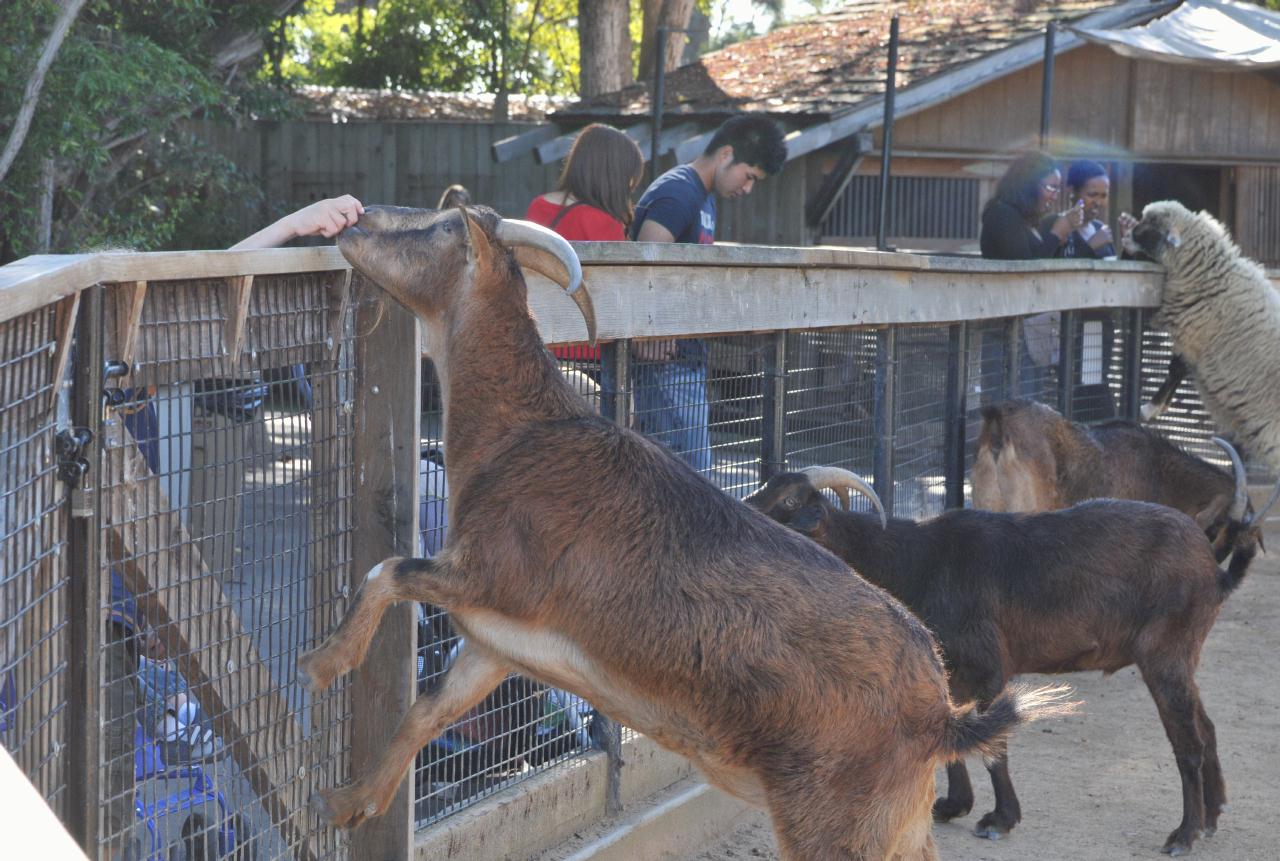 A petting zoo featured goats and sheep. Machines dispensed the proper food to feed these animals. A sink was available to wash one's hands afterward.
Santa Barbara Zoo • 500 Niños Drive, Santa Barbara, California • (Photo posted Sunday 28 November 2010) • (Photo taken 16:18:04 Friday 8 October 2010) • © 2010 Bryan Costales 
 #161804_8652BCX #161804_8652BCX
Add a comment or report a mistake
|
|
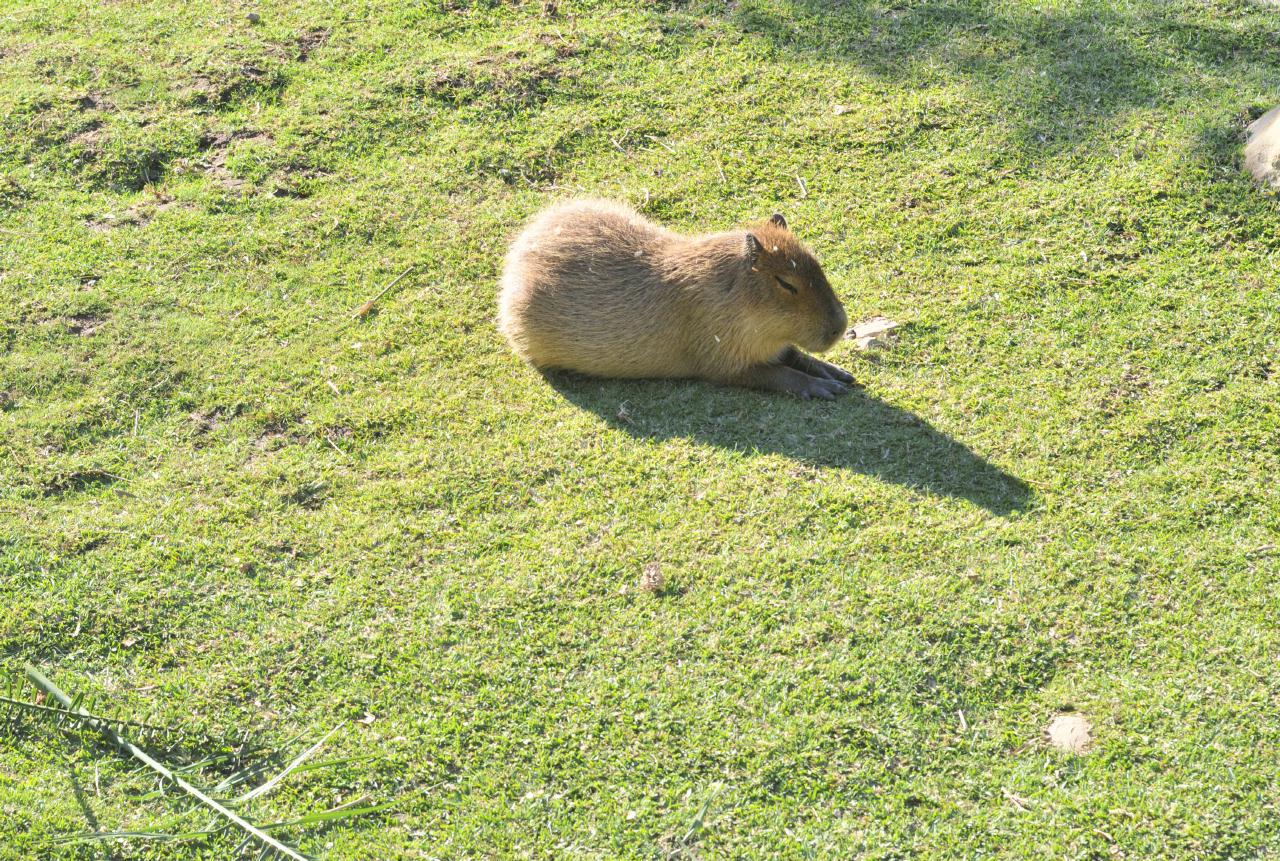 Later that afternoon the capybara finally emerged to be photographed.
Santa Barbara Zoo • 500 Niños Drive, Santa Barbara, California • (Photo posted Sunday 28 November 2010) • (Photo taken 16:32:30 Friday 8 October 2010) • © 2010 Bryan Costales 
 #163230_8666BCX #163230_8666BCX
Add a comment or report a mistake
|
 |
| home • contact • topic guide • top 25 • photos • video • writing • blogs • upload • terms • privacy |